Table of Contents
How Opals Form: The Fascinating Geology Behind the Gem
Opals are more than just dazzling gemstones—they’re the product of millions of years of geological magic. Unlike most gemstones that form deep within the Earth's mantle, opals are created relatively close to the surface through a unique sedimentary process.
Opal formation begins when silica-rich water seeps down into cracks and voids in rocks, often in ancient seabeds or dry basins. Over time, as the water evaporates, it leaves behind a deposit of silica. If conditions are just right—low temperatures, stable environments, and lots of patience from Mother Nature—these deposits build up layer by layer, eventually forming opal.
-
Key geological factors:
- Arid or semi-arid climates (like central Australia)
- Silica-rich sandstones or volcanic ash layers
- Slow water movement and evaporation over thousands to millions of years
Opals can form in cracks, between sediment layers, inside fossils, and even within ancient tree roots. This explains why some of the rarest opals, like the Virgin Rainbow, were found inside fossilized remains.
We’ve talked about Opal so much so far but it still feels like the tip of the iceberg. If this happens to be your first article on Opal that you read from us, HUMAN…YOU’VE BEEN MISSING OUT ON A LOT!
We’ve curated an entire playlist (I just wanted it to sound fancy lol) of articles on Opal ranging from Gemstone 101, where we share everything you would love to learn about opal in under 10 min, to buying guide, pairing guide, opal is men’s fashion and a lot more.
Now let’s get you to understand the play-of-colors ⬇
What Is Play-of-Color?
Play-of-color refers to the dynamic, rainbow-like flashes of color that appear on the surface of precious opal when viewed from different angles. Unlike other gemstones, which derive their color from chemical impurities, opal's vibrant display is purely a result of its unique internal structure and the way it interacts with light.

The Structure of Opal: Tiny Spheres Creating Magic
Opal is composed of tiny silica spheres arranged in a highly ordered, three-dimensional grid. Yeah…it’s 3D (interesting how nature works right?)
This structure is responsible for the gemstone's play-of-color. The size, arrangement, and uniformity of these spheres determine the specific colors that appear in an opal. Here’s how it works:
- Silica Composition: Opal is primarily made of silica (SiO₂) and contains water molecules, which help hold the silica spheres together.
- Sphere Size and Spacing: The silica spheres in opal range in diameter from approximately 150 to 300 nanometers. When light enters the opal, it diffracts (bends) around these tiny spheres, splitting into different wavelengths and producing a full spectrum of colors.
- Interference and Diffraction: This bending and splitting of light create an interference pattern, which results in the brilliant flashes of red, green, blue, and other colors that characterize high-quality opal.
Types of Opal Based on Play-of-Color
Not all opals exhibit play-of-color, and those that do vary in intensity and vibrancy. Here are the primary types of opals based on their color display:
1. Precious Opal
Precious opal is the most sought-after variety due to its striking play-of-color. Found in regions like Australia, Ethiopia, and Mexico, these opals can display a full spectrum of vibrant hues. The most prized precious opals exhibit a balance of colors, brightness, and movement.

2. Common Opal (Potch)
Common opal lacks play-of-color and instead appears as a single, solid hue, often in white, pink, blue, or green. These opals are still beautiful and are valued for their unique pastel shades, but they do not exhibit the same dazzling effect as precious opals.

3. Fire Opal
Fire opal, primarily found in Mexico, is a vibrant orange-to-red variety of opal. Some fire opals display play-of-color, but many are valued for their intense body color rather than their internal flashes.

4. Black Opal
Black opal, sourced mainly from Lightning Ridge, Australia, is one of the most valuable and rare opals. It’s dark body tone enhances the brilliance of the play-of-color, making the flashes appear more intense and striking.

5. Boulder Opal
Boulder opal is found in ironstone rock formations, with thin opal veins running through the host rock. It often exhibits stunning play-of-color and is cut in unique, freeform shapes to preserve its natural beauty.

6. Crystal Opal
Crystal opal is a translucent to semi-transparent variety that displays exceptional play-of-color. Due to its clarity, light passes through the stone, amplifying the color patterns and creating a luminous effect.
What Determines the Quality of Play-of-Color?
The value of an opal largely depends on the intensity and distribution of its play-of-color. Here are the key factors that influence an opal’s quality:
- Brightness: The more vivid and intense the play-of-color, the higher the value of the opal.
- Color Range: Opals that display a full spectrum of colors, including red (the rarest and most valuable), are considered the finest.
-
Pattern: The way colors form patterns in an opal affects its desirability. Some of the most sought-after patterns include:
- Harlequin: A checkerboard-like pattern with well-defined patches of color.
- Pinfire: Tiny dots of color scattered throughout the stone.
- Rolling Flash: Bands of color that shift as the opal is moved.
- Body Tone: Darker body tones enhance the contrast of the play-of-color, making black opals the most prized variety.
- Transparency: Crystal opals with high transparency can intensify play-of-color, making them highly valuable.

Why Is Opal Unique Among Gemstones?
Unlike diamonds, rubies, or sapphires, opals do not have a crystalline structure. Instead, their amorphous nature makes them one of the few gemstones that are mineraloids rather than minerals. This structural uniqueness gives opal its characteristic play-of-color, setting it apart from every other gemstone.
Additionally, opals are composed of 3% to 20% water. This high water content makes them more delicate and prone to dehydration or cracking if not cared for properly. However, this very characteristic contributes to their distinct beauty and individuality.
On that note, there’s a common question running around in the market : CAN OPALS GET WET? If you’d like to find the answer, follow me here.
How to Identify a Genuine Opal with Play-of-Color
Given the popularity of opals, many synthetic and treated varieties exist. Here’s how you can identify a natural opal:
- Play-of-Color Under Light: Rotate the stone under light to see if the colors shift naturally. If the play-of-color is too uniform, it may be synthetic.
- Look for a Natural Backing: Solid opals have a single, consistent material structure. Doublets and triplets (assembled opals) have a thin layer of opal glued onto a backing material.
- Feel the Surface: Natural opals have a smooth but slightly waxy feel, whereas synthetic opals can feel too slick.
- Use a Magnifier: Under magnification, real opals display a natural, random pattern of silica spheres, while synthetic ones often show a uniform, structured pattern.
Climate Change and Opal Formation: Past, Present, and Future
Now while we are here, let’s also talk about what effect climate change has had on opal formation. The formation of opals is intimately linked to ancient climate cycles. Around 100 million years ago, Australia transitioned from an inland sea to a desert. This environmental instability led to alternating wet and dry periods—perfect for opal formation.
- Wetter phases transported silica-rich water
- Dry phases evaporated water, leaving silica behind
Today, climate change could influence opal formation:
- Pros: Increased aridity in some regions could mimic historic opal-forming conditions
- Cons: Human activity and mining disturb fragile ecosystems; opal fields may be depleted faster than new ones can form
Opals are not just gems; they are time capsules of Earth’s environmental past and a reminder of how fragile that beauty is in today’s changing climate.
Final Thoughts
Opal’s play-of-color is one of the most breathtaking natural phenomena in the gemstone world. Its vibrant flashes, caused by the diffraction of light through silica spheres, make it a true wonder of nature. Whether you’re a gem enthusiast, a collector, or simply someone who loves unique jewelry, understanding the science behind opal’s beauty enhances its appreciation even more.
So next time you see an opal shimmering with a rainbow of colors, you’ll know that it’s not just magic—it’s the incredible physics of light at work!
If I made this article worth your time, how about you leave me a review below :)
Visited 762 No. of Time(s), 64 Visit(s) Today
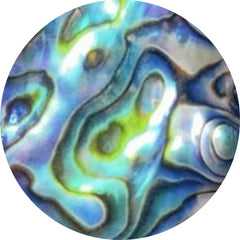 Abalone shell (121)
Abalone shell (121)
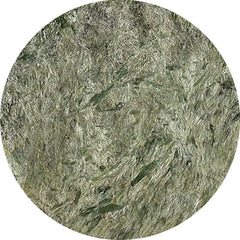 Actinolite (1)
Actinolite (1)
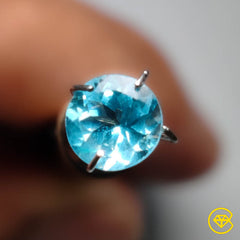 Affordable gemstones (17205)
Affordable gemstones (17205)
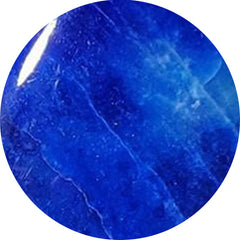 Afghanite (7)
Afghanite (7)
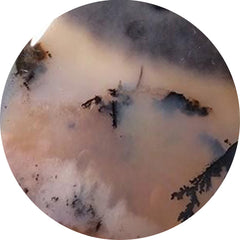 Agate (2498)
Agate (2498)
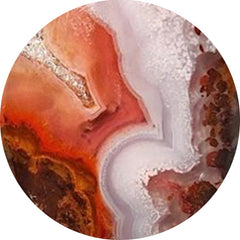 Agua nueva (11)
Agua nueva (11)
 All gemstones (1)
All gemstones (1)
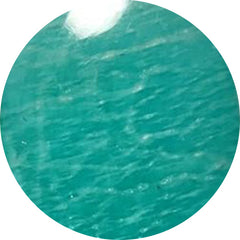 Amazonite (160)
Amazonite (160)
 Amber (99)
Amber (99)
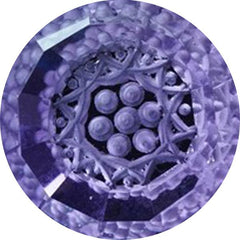 Amethyst (573)
Amethyst (573)
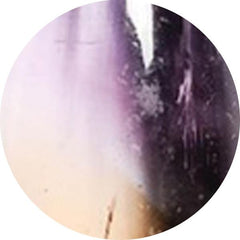 Ametrine (21)
Ametrine (21)
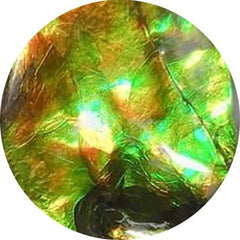 Ammolite (23)
Ammolite (23)
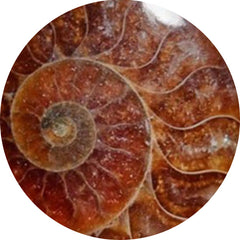 Ammonite (65)
Ammonite (65)
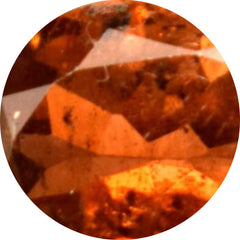 Andalusite (1)
Andalusite (1)
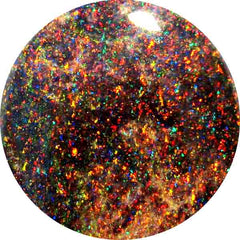 Andamooka opal (0)
Andamooka opal (0)
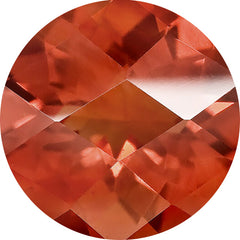 Andesine (0)
Andesine (0)
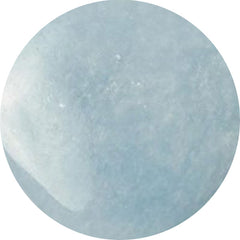 Angelite (28)
Angelite (28)
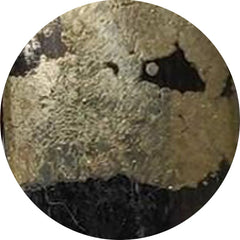 Apache gold (22)
Apache gold (22)
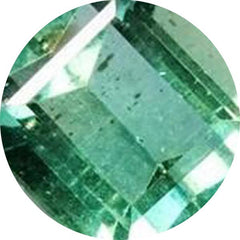 Apatite (140)
Apatite (140)
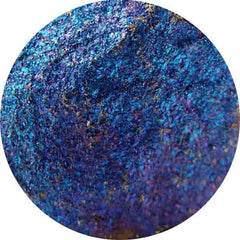 Apophyllite (1)
Apophyllite (1)
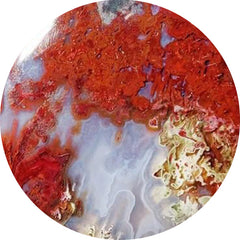 Apple valley agate (1)
Apple valley agate (1)
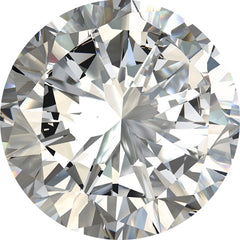 April birthstone (1841)
April birthstone (1841)
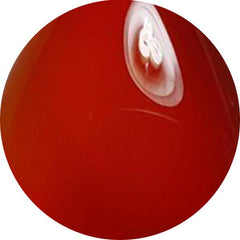 Aqeeq (0)
Aqeeq (0)
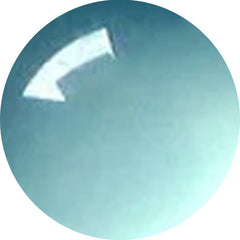 Aqua chalcedony (19)
Aqua chalcedony (19)
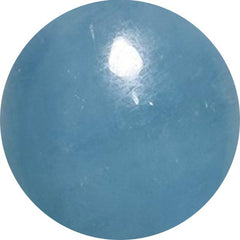 Aquamarine (73)
Aquamarine (73)
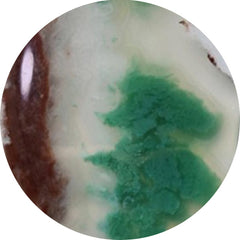 Aquaprase (60)
Aquaprase (60)
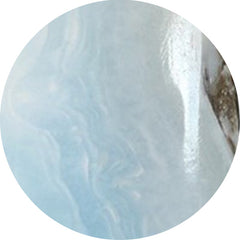 Aragonite (16)
Aragonite (16)
 Arfvedsonite (12)
Arfvedsonite (12)
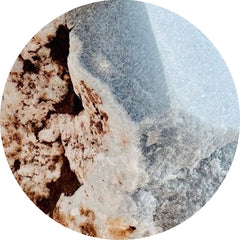 Aristolite (0)
Aristolite (0)
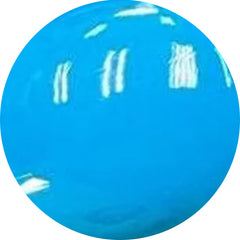 Arizona turquoise (0)
Arizona turquoise (0)
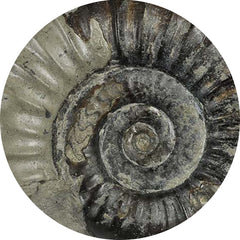 Arnioceras semicostatum fossil (0)
Arnioceras semicostatum fossil (0)
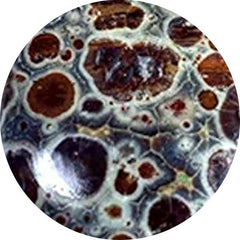 Asteroid jasper (12)
Asteroid jasper (12)
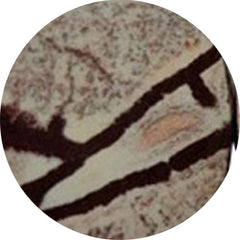 Astrophyllite (53)
Astrophyllite (53)
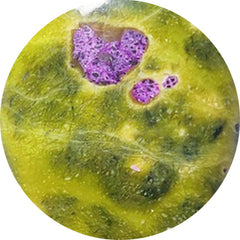 Atlantasite (88)
Atlantasite (88)
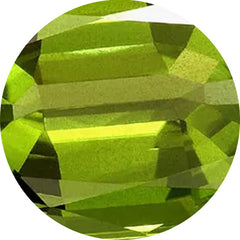 August birthstone (98)
August birthstone (98)
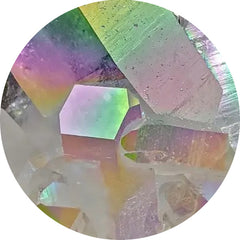 Aura quartz (0)
Aura quartz (0)
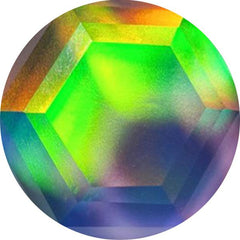 Aurora opal (304)
Aurora opal (304)
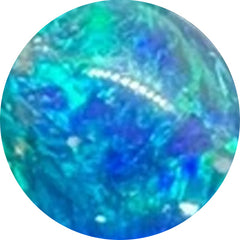 Australian opal (18)
Australian opal (18)
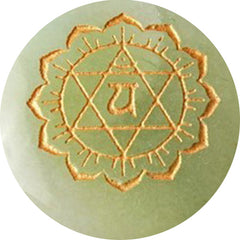 Aventurine (64)
Aventurine (64)
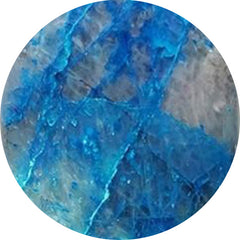 Azurite (284)
Azurite (284)
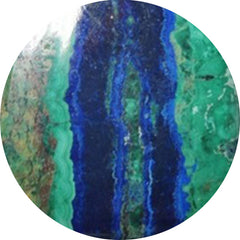 Azurite malachite (19)
Azurite malachite (19)
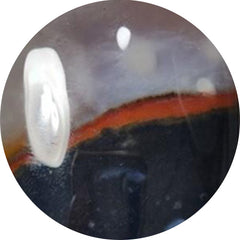 Banded agate (82)
Banded agate (82)
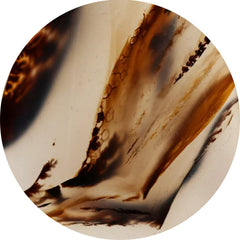 Barber agate (0)
Barber agate (0)
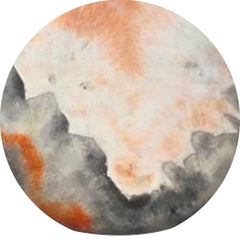 Barite (13)
Barite (13)
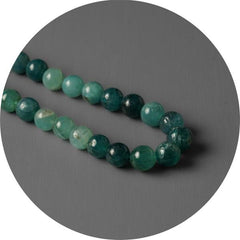 Beads (50)
Beads (50)
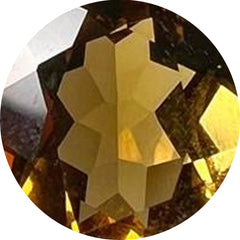 Beer quartz (23)
Beer quartz (23)
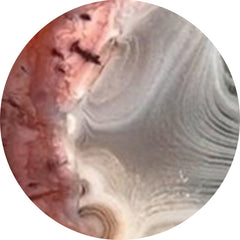 Berber agate (4)
Berber agate (4)
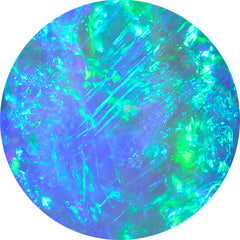 Best seller (0)
Best seller (0)
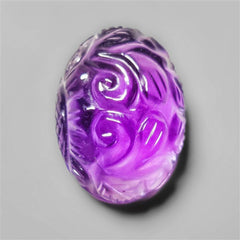 Bestsellers: a selection of our most-loved stones (406)
Bestsellers: a selection of our most-loved stones (406)
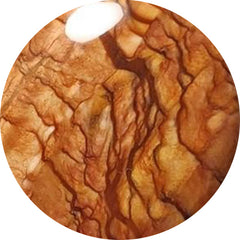 Biggs jasper (25)
Biggs jasper (25)
 Bird carving (117)
Bird carving (117)
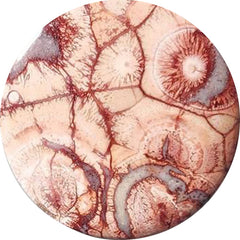 Bird eye jasper (47)
Bird eye jasper (47)
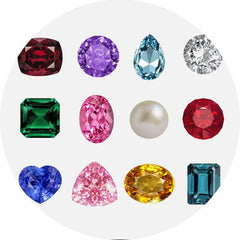 Birthstones (0)
Birthstones (0)
 Biwa pearl (34)
Biwa pearl (34)
 Black friday deals (34)
Black friday deals (34)
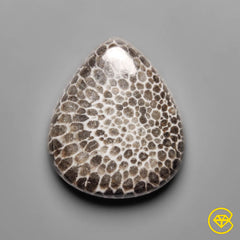 Black gemstones (955)
Black gemstones (955)
 Black onyx (178)
Black onyx (178)
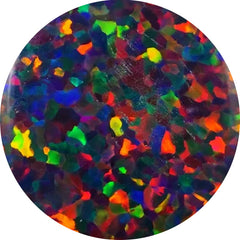 Black opal (50)
Black opal (50)
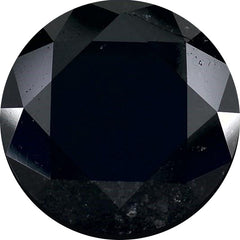 Black spinel (33)
Black spinel (33)
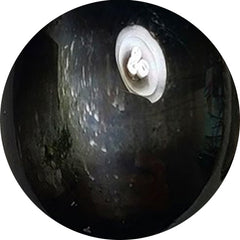 Black star (31)
Black star (31)
 Black tourmaline (75)
Black tourmaline (75)
 Blister pearl (30)
Blister pearl (30)
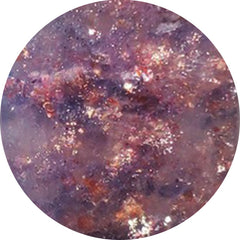 Bloodshot iolite (76)
Bloodshot iolite (76)
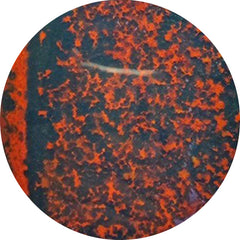 Bloodstone (69)
Bloodstone (69)
 Blue chalcedony (51)
Blue chalcedony (51)
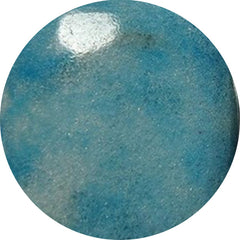 Blue diopside (0)
Blue diopside (0)
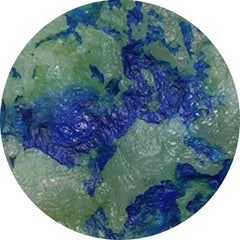 Blue horizon (15)
Blue horizon (15)
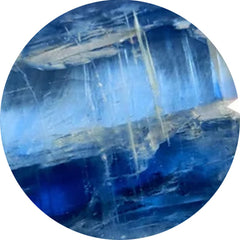 Blue kyanite (37)
Blue kyanite (37)
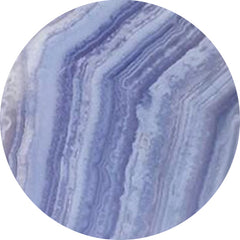 Blue lace agate (256)
Blue lace agate (256)
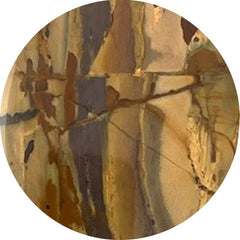 Blue mountain jasper (0)
Blue mountain jasper (0)
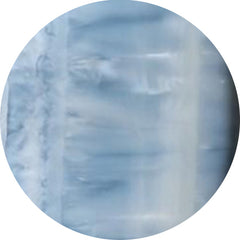 Blue opal (162)
Blue opal (162)
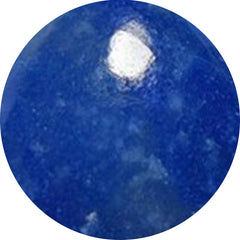 Blue quartz (40)
Blue quartz (40)
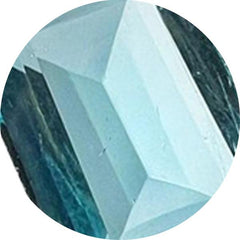 Blue topaz (51)
Blue topaz (51)
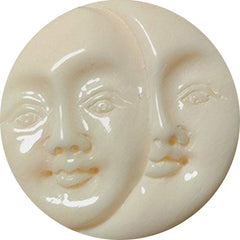 Bone (9)
Bone (9)
 Botswana agate (245)
Botswana agate (245)
 Bronze (0)
Bronze (0)
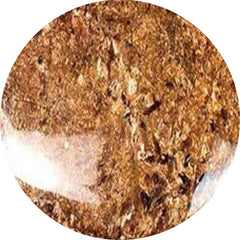 Bronzite (2)
Bronzite (2)
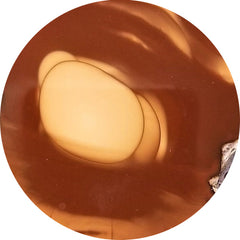 Bruneau jasper (15)
Bruneau jasper (15)
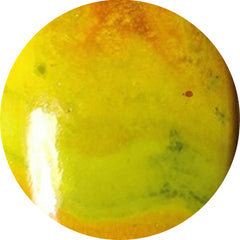 Bumble bee jasper (199)
Bumble bee jasper (199)
 Buy gemstones in usa (888)
Buy gemstones in usa (888)
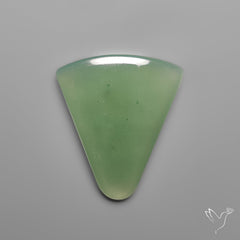 Cabochons (12929)
Cabochons (12929)
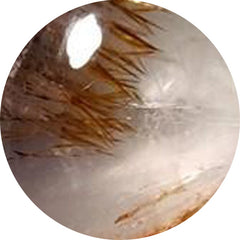 Cacoxenite (65)
Cacoxenite (65)
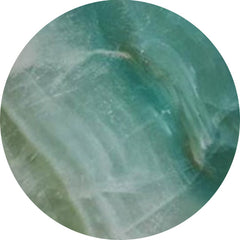 Calcite (219)
Calcite (219)
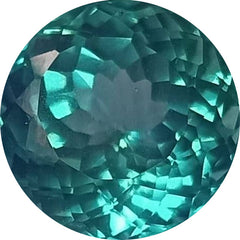 Calibrated (137)
Calibrated (137)
 Calsilica (0)
Calsilica (0)
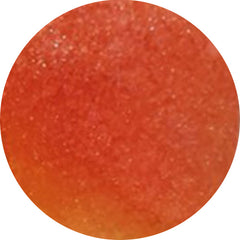 Candy corn (6)
Candy corn (6)
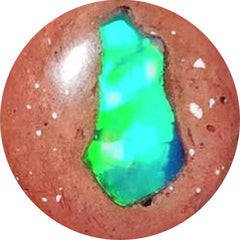 Cantera opal (17)
Cantera opal (17)
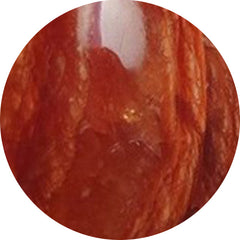 Caramel opal (2)
Caramel opal (2)
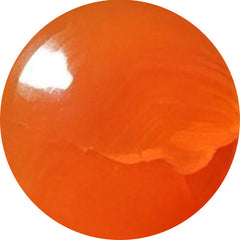 Carnelian (44)
Carnelian (44)
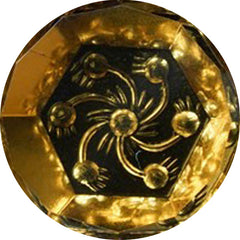 Carving (1766)
Carving (1766)
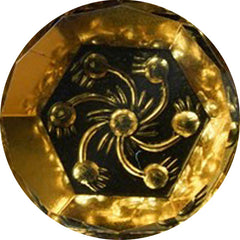 Carvings (2025)
Carvings (2025)
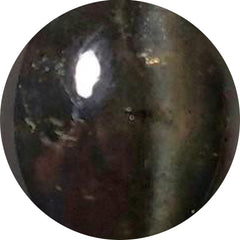 Cats eye (60)
Cats eye (60)
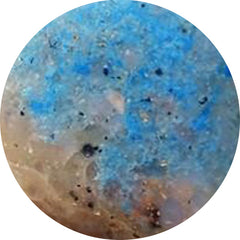 Cavansite (16)
Cavansite (16)
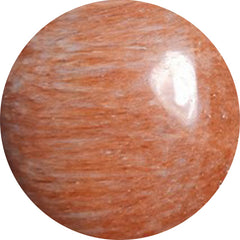 Celestobarite (7)
Celestobarite (7)
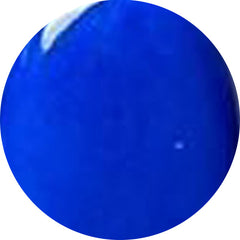 Ceruleite (0)
Ceruleite (0)
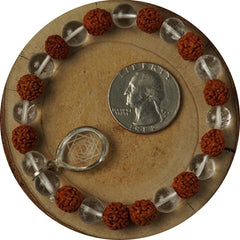 Chakra stone (31)
Chakra stone (31)
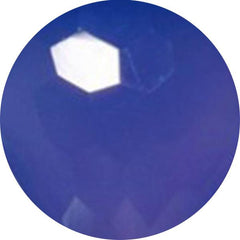 Chalcedony (457)
Chalcedony (457)
 Charoite (190)
Charoite (190)
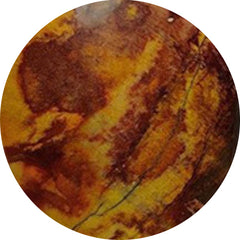 Cherry creek jasper (10)
Cherry creek jasper (10)
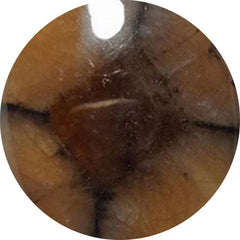 Chiastolite (16)
Chiastolite (16)
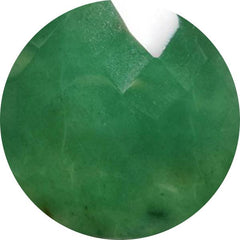 Chrome chalcedony (79)
Chrome chalcedony (79)
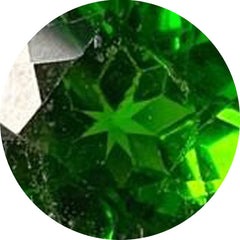 Chrome diopside (26)
Chrome diopside (26)
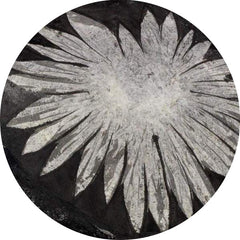 Chrysanthemum fossil (0)
Chrysanthemum fossil (0)
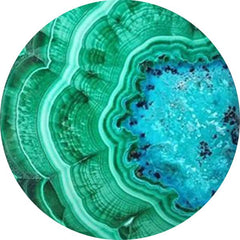 Chrysocolla (419)
Chrysocolla (419)
 Chrysocolla malachite (74)
Chrysocolla malachite (74)
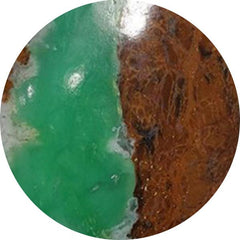 Chrysoprase (351)
Chrysoprase (351)
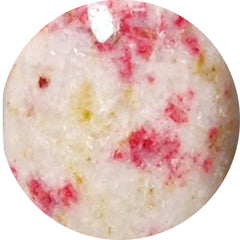 Cinnabar (15)
Cinnabar (15)
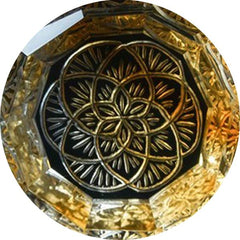 Citrine (108)
Citrine (108)
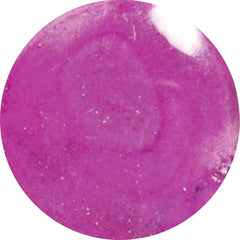 Cobalto calcite (66)
Cobalto calcite (66)
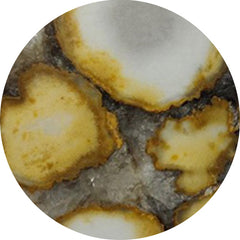 Cobra jasper (29)
Cobra jasper (29)
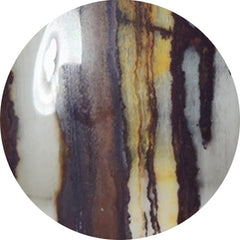 Coconut jasper (2)
Coconut jasper (2)
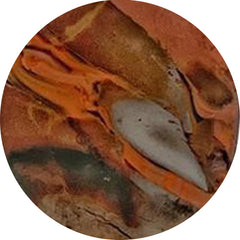 Coffee bean jasper (2)
Coffee bean jasper (2)
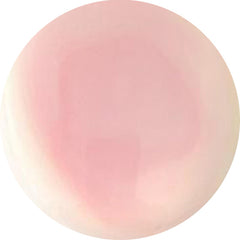 Conch shell (6)
Conch shell (6)
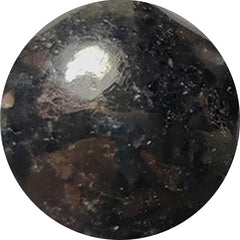 Coppernite (0)
Coppernite (0)
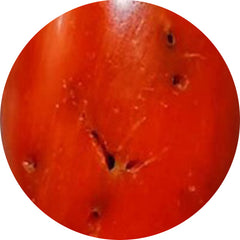 Coral (350)
Coral (350)
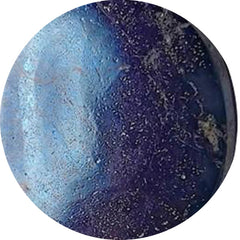 Covellite (4)
Covellite (4)
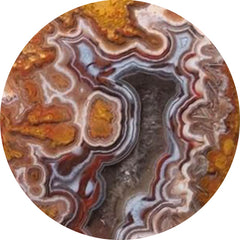 Crazy lace agate (189)
Crazy lace agate (189)
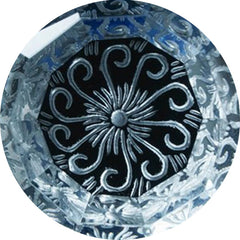 Crystal (202)
Crystal (202)
 Cuprite (27)
Cuprite (27)
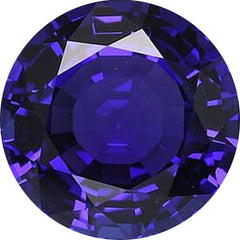 December birthstone (286)
December birthstone (286)
 Dendritic agate (464)
Dendritic agate (464)
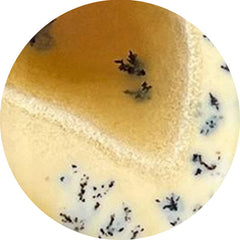 Dendritic opal (76)
Dendritic opal (76)
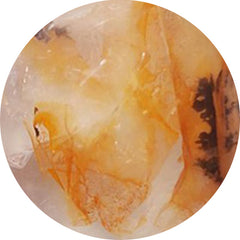 Dendritic quartz (2)
Dendritic quartz (2)
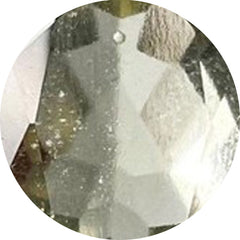 Desert glass (9)
Desert glass (9)
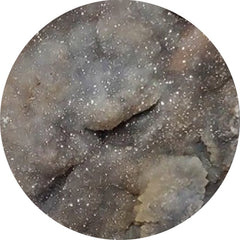 Desert jasper druzy (14)
Desert jasper druzy (14)
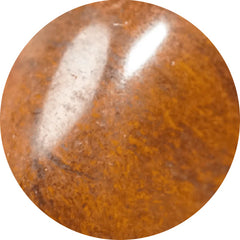 Desert sunset jasper (12)
Desert sunset jasper (12)
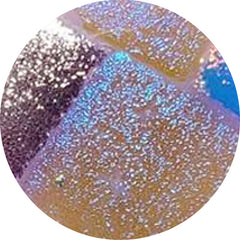 Dichroic glass (143)
Dichroic glass (143)
 Dinosaur bone fossil (3)
Dinosaur bone fossil (3)
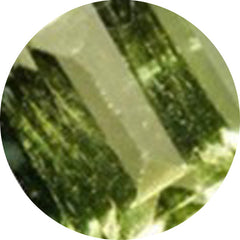 Diopside (60)
Diopside (60)
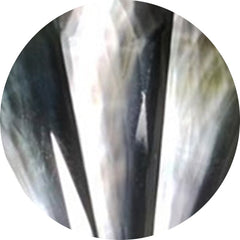 Doublets (860)
Doublets (860)
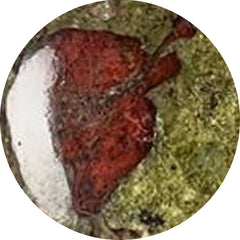 Dragonblood jasper (1)
Dragonblood jasper (1)
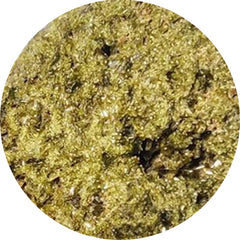 Druzy (439)
Druzy (439)
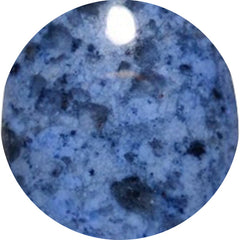 Dumortierite (60)
Dumortierite (60)
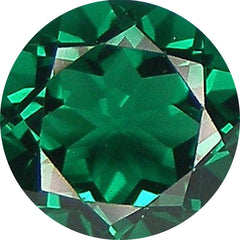 Emerald (65)
Emerald (65)
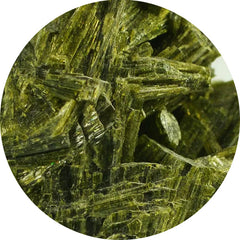 Epidote (10)
Epidote (10)
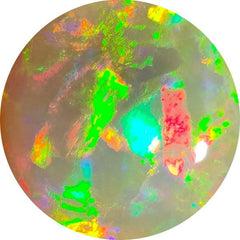 Ethiopian opal (108)
Ethiopian opal (108)
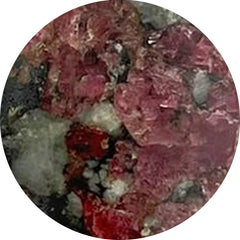 Eudialyte (11)
Eudialyte (11)
 Faceted rose cut (2466)
Faceted rose cut (2466)
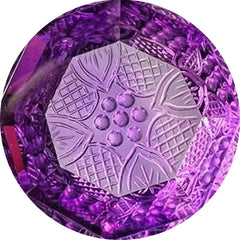 Fantasy cuts (50)
Fantasy cuts (50)
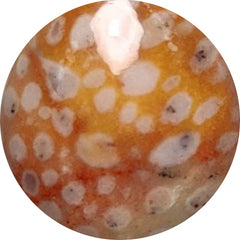 Fawn jasper (11)
Fawn jasper (11)
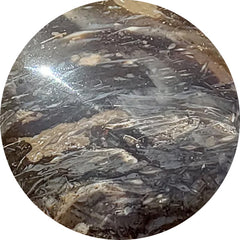 Feather agate (0)
Feather agate (0)
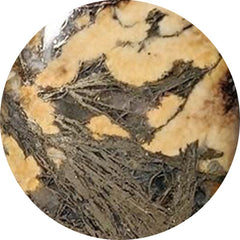 Feather pyrite (39)
Feather pyrite (39)
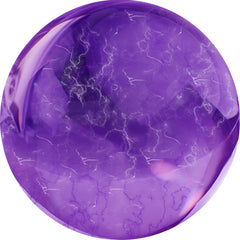 February birthstone (2871)
February birthstone (2871)
 Fine amethyst (32)
Fine amethyst (32)
 Fine ametrine (21)
Fine ametrine (21)
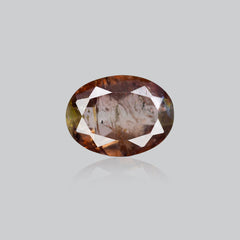 Fine andalusite (1)
Fine andalusite (1)
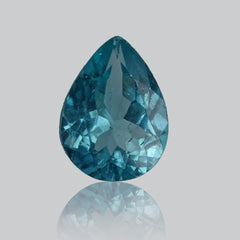 Fine apatite (5)
Fine apatite (5)
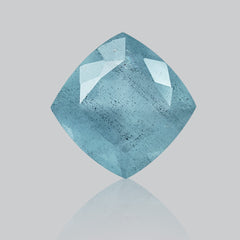 Fine aquamarine (8)
Fine aquamarine (8)
 Fine black opal (6)
Fine black opal (6)
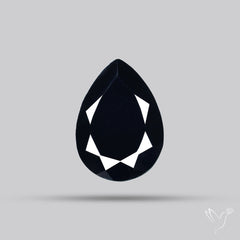 Fine black spinel (14)
Fine black spinel (14)
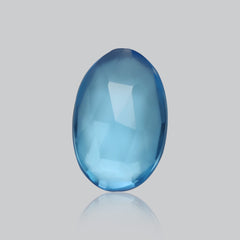 Fine blue topaz (30)
Fine blue topaz (30)
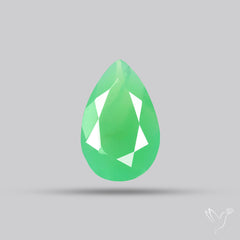 Fine chrysoprase (16)
Fine chrysoprase (16)
 Fine citrine (23)
Fine citrine (23)
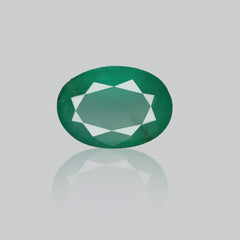 Fine emerald (11)
Fine emerald (11)
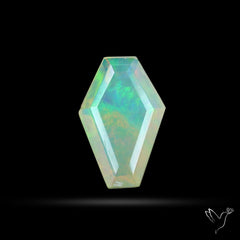 Fine ethiopian opal (17)
Fine ethiopian opal (17)
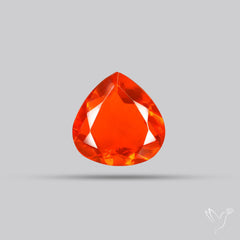 Fine fire opal (7)
Fine fire opal (7)
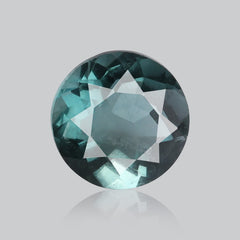 Fine fluorite (12)
Fine fluorite (12)
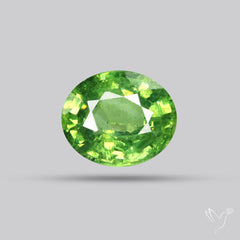 Fine garnet (37)
Fine garnet (37)
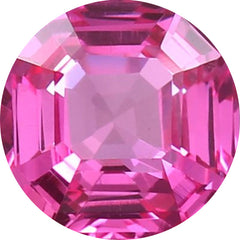 Fine gemstone (0)
Fine gemstone (0)
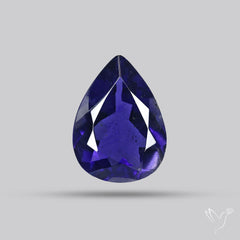 Fine iolite (31)
Fine iolite (31)
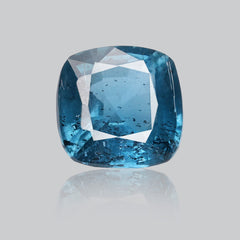 Fine kyanite (28)
Fine kyanite (28)
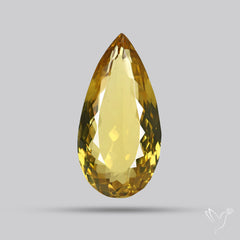 Fine lemon quartz (14)
Fine lemon quartz (14)
 Fine lepidocrocite (45)
Fine lepidocrocite (45)
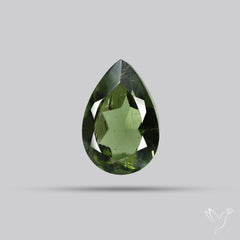 Fine moldavite (21)
Fine moldavite (21)
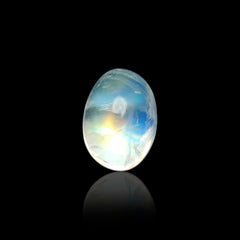 Fine moonstone (6)
Fine moonstone (6)
 Fine peridot (55)
Fine peridot (55)
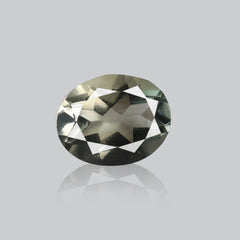 Fine prasiolite (26)
Fine prasiolite (26)
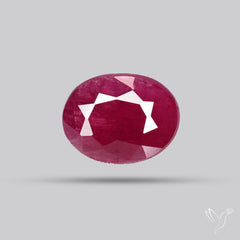 Fine ruby (15)
Fine ruby (15)
 Fine rutilated quartz (19)
Fine rutilated quartz (19)
 Fine sapphire (6)
Fine sapphire (6)
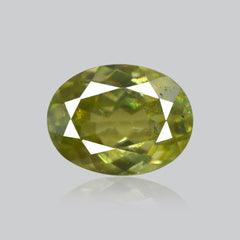 Fine sphene (17)
Fine sphene (17)
 Fine sunstone (79)
Fine sunstone (79)
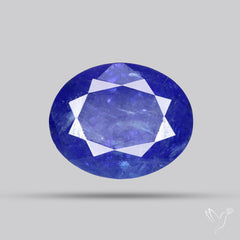 Fine tanzanite (50)
Fine tanzanite (50)
 Fine tourmaline (67)
Fine tourmaline (67)
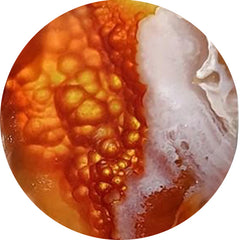 Fire agate (6)
Fire agate (6)
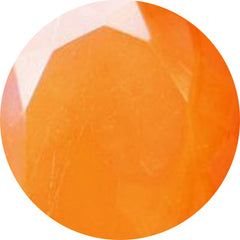 Fire opals (42)
Fire opals (42)
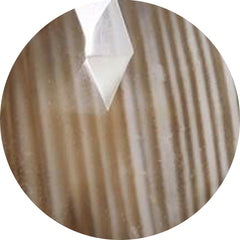 Flint stone (10)
Flint stone (10)
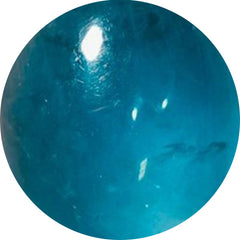 Fluorite (151)
Fluorite (151)
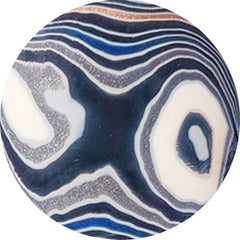 Fordite (63)
Fordite (63)
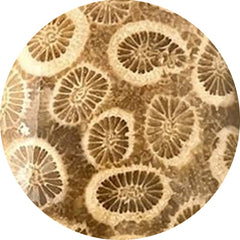 Fossil coral (318)
Fossil coral (318)
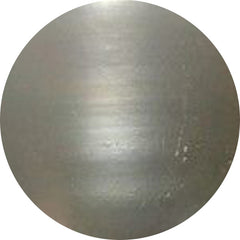 Fossil marston marble (19)
Fossil marston marble (19)
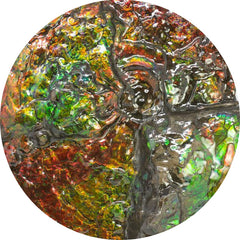 Fossils (508)
Fossils (508)
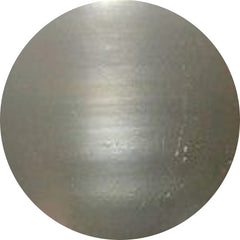 Freshwater pearl (22)
Freshwater pearl (22)
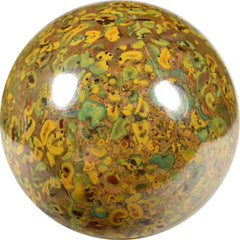 Fruit jasper (14)
Fruit jasper (14)
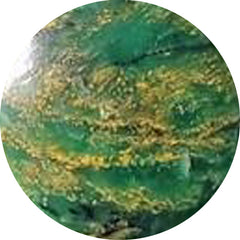 Fuchsite (7)
Fuchsite (7)
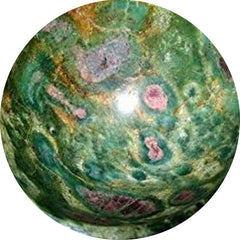 Fuschite (10)
Fuschite (10)
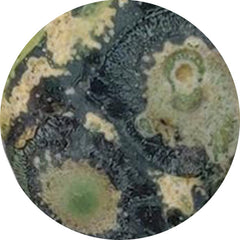 Galaxy jasper (9)
Galaxy jasper (9)
 Garden quartz (6)
Garden quartz (6)
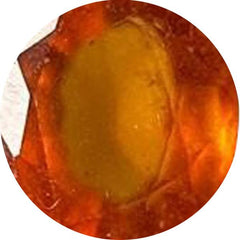 Garnet (122)
Garnet (122)
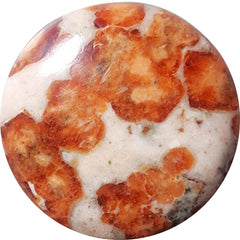 Garnet in limestone (36)
Garnet in limestone (36)
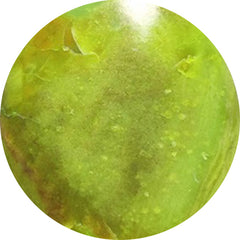 Gaspeite (12)
Gaspeite (12)
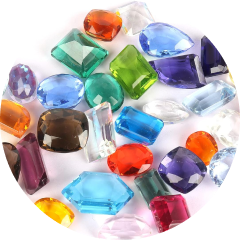 Gemstone lots (434)
Gemstone lots (434)
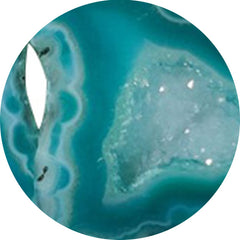 Geode (32)
Geode (32)
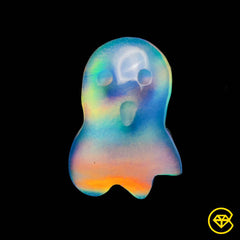 Ghost carving (55)
Ghost carving (55)
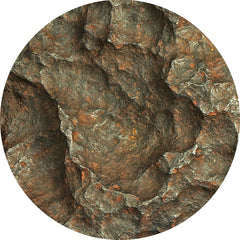 Gibeon meteorite (23)
Gibeon meteorite (23)
 Gila monster agate (16)
Gila monster agate (16)
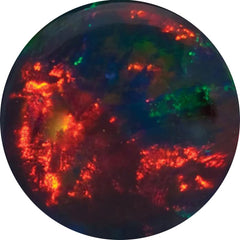 Gilson opal (22)
Gilson opal (22)
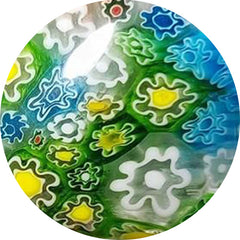 Glass (180)
Glass (180)
 Glow stone (12)
Glow stone (12)
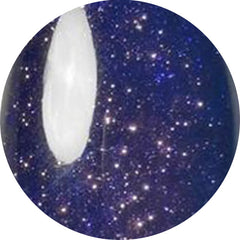 Goldstone (34)
Goldstone (34)
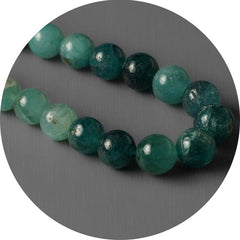 Grandidierite (7)
Grandidierite (7)
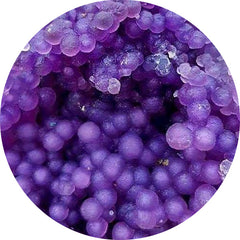 Grape agate (114)
Grape agate (114)
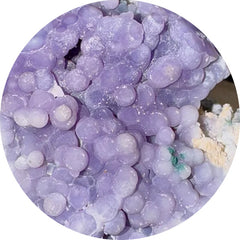 Grape chalcedony (4)
Grape chalcedony (4)
 Green gemstones (459)
Green gemstones (459)
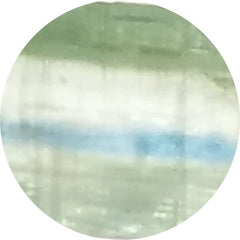 Green kyanite (7)
Green kyanite (7)
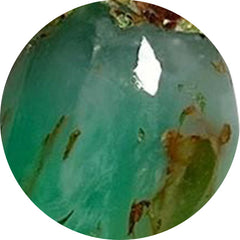 Green prase opal (8)
Green prase opal (8)
 Green tourmaline (23)
Green tourmaline (23)
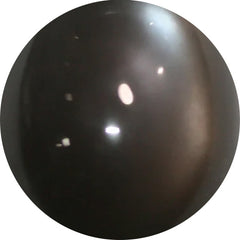 Grey moonstone (31)
Grey moonstone (31)
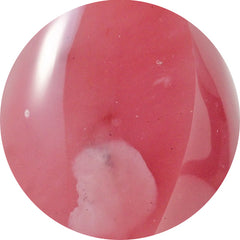 Guava quartz (6)
Guava quartz (6)
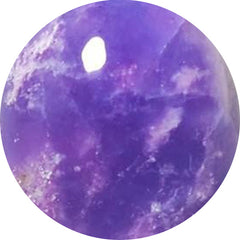 Hackmanite (11)
Hackmanite (11)
 Heart carving (350)
Heart carving (350)
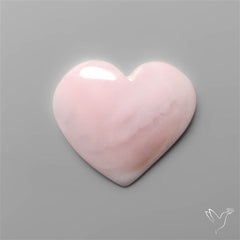 Heart shape gemstones (3)
Heart shape gemstones (3)
 Heliodor (0)
Heliodor (0)
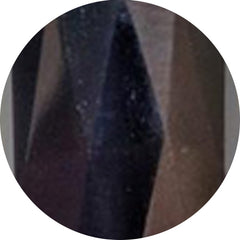 Hematite (37)
Hematite (37)
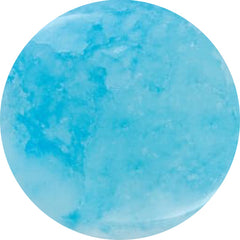 Hemimorphite (54)
Hemimorphite (54)
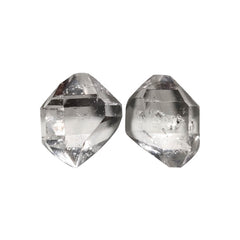 Herkimer diamond (38)
Herkimer diamond (38)
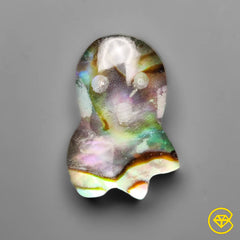 Himalayan quartz (434)
Himalayan quartz (434)
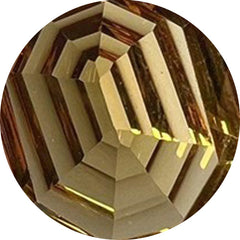 Honey quartz (19)
Honey quartz (19)
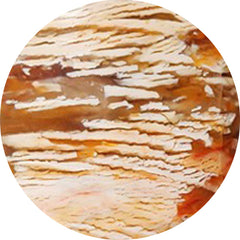 Howardite opal (28)
Howardite opal (28)
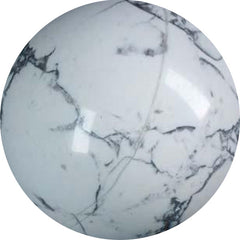 Howlite (5)
Howlite (5)
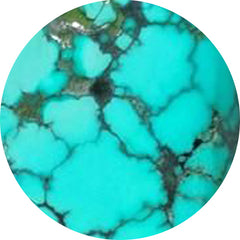 Hubei turquoise (48)
Hubei turquoise (48)
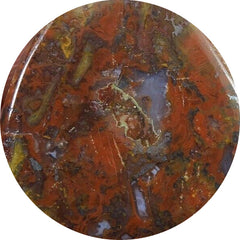 Hungarian agate (1)
Hungarian agate (1)
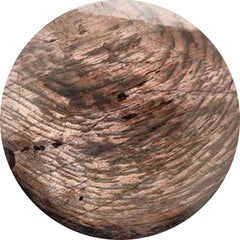 Hypersthene (42)
Hypersthene (42)
 Ice quartz (1)
Ice quartz (1)
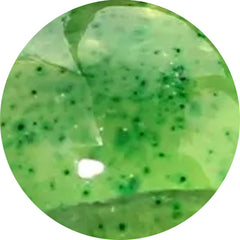 Idocrase (1)
Idocrase (1)
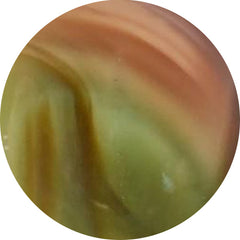 Imperial jasper (115)
Imperial jasper (115)
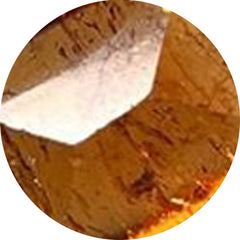 Imperial topaz (0)
Imperial topaz (0)
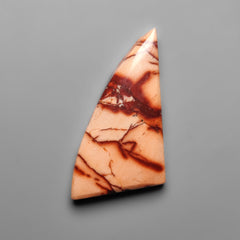 Indian paint stone (5)
Indian paint stone (5)
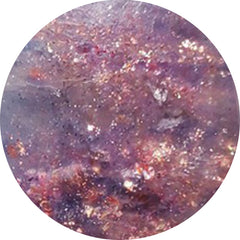 Iolite (168)
Iolite (168)
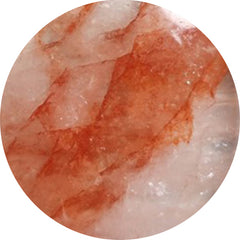 Iron quartz (48)
Iron quartz (48)
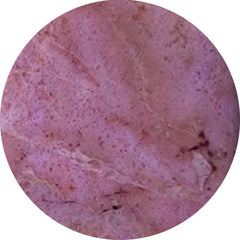 Jade (34)
Jade (34)
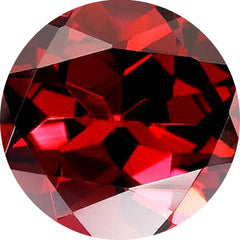 January birthstone (445)
January birthstone (445)
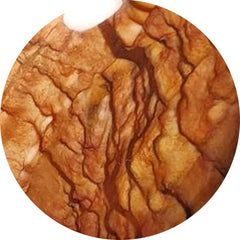 Jaspers (30)
Jaspers (30)
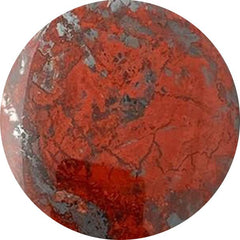 Jaspillite (3)
Jaspillite (3)
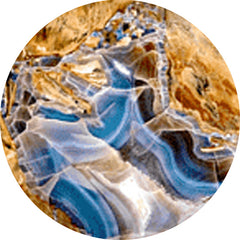 Java chalcedony (16)
Java chalcedony (16)
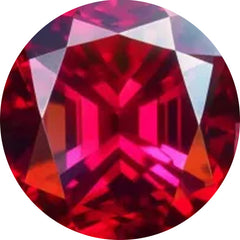 July birthstone (545)
July birthstone (545)
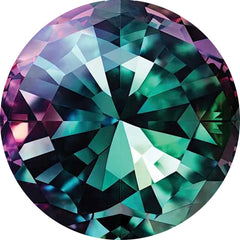 June birthstones: moonstone, pearl, and alexandrite (1053)
June birthstones: moonstone, pearl, and alexandrite (1053)
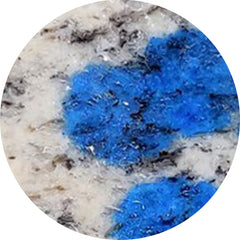 K2 jasper (7)
K2 jasper (7)
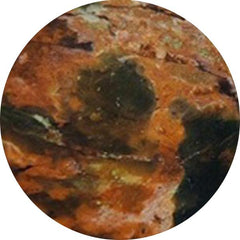 Kaleidoscope agate (0)
Kaleidoscope agate (0)
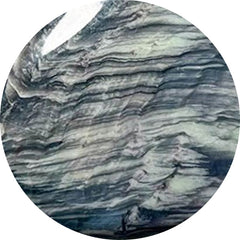 Kammererite (103)
Kammererite (103)
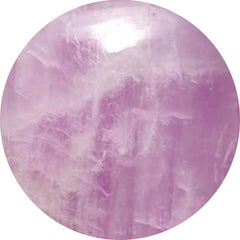 Kunzite (7)
Kunzite (7)
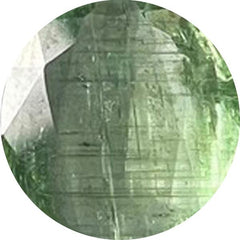 Kyanite (106)
Kyanite (106)
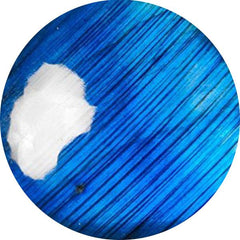 Labradorite (272)
Labradorite (272)
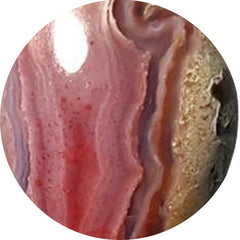 Laguna lace agate (62)
Laguna lace agate (62)
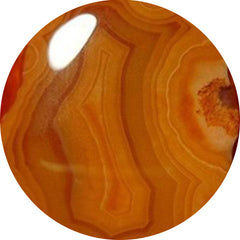 Lake superior agate (24)
Lake superior agate (24)
 Landscape jasper (0)
Landscape jasper (0)
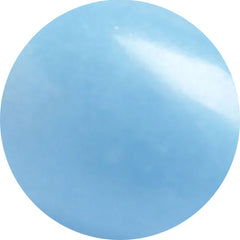 Langite (0)
Langite (0)
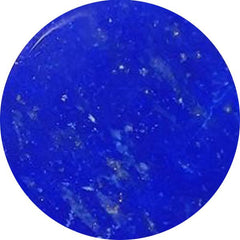 Lapis lazuli (159)
Lapis lazuli (159)
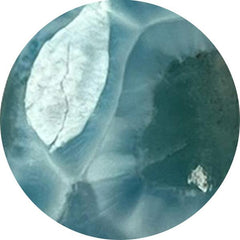 Larimar (116)
Larimar (116)
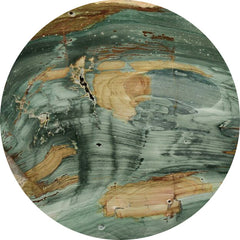 Larsonite (17)
Larsonite (17)
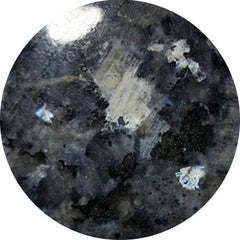 Larvikite feldspar (47)
Larvikite feldspar (47)
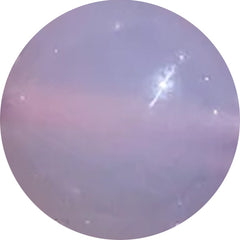 Lavender chalcedony (17)
Lavender chalcedony (17)
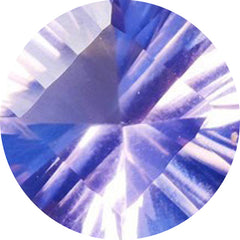 Lavender quartz (5)
Lavender quartz (5)
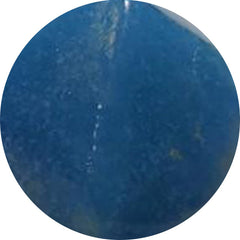 Lazulite (8)
Lazulite (8)
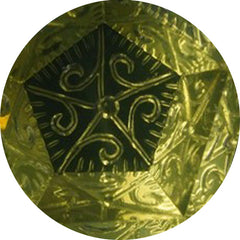 Lemon quartz (44)
Lemon quartz (44)
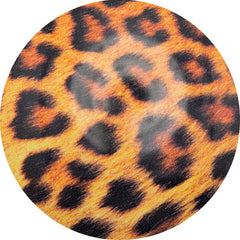 Leopard skin shell (0)
Leopard skin shell (0)
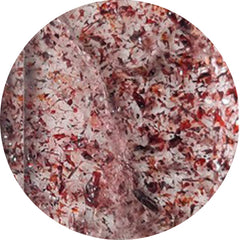 Lepidocrocite (54)
Lepidocrocite (54)
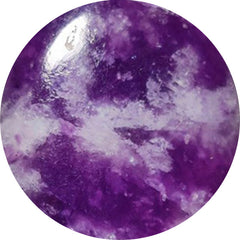 Lepidolite (79)
Lepidolite (79)
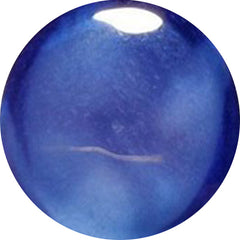 Lindy star sapphire (0)
Lindy star sapphire (0)
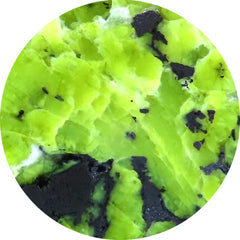 Lizardite (55)
Lizardite (55)
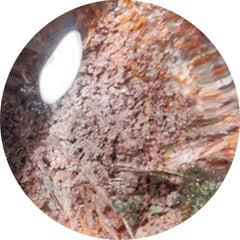 Lodolite (90)
Lodolite (90)
 London blue topaz (10)
London blue topaz (10)
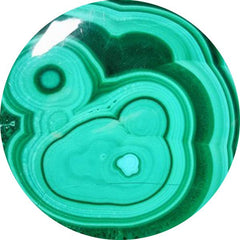 Malachite (576)
Malachite (576)
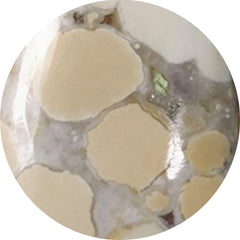 Maligano jasper (71)
Maligano jasper (71)
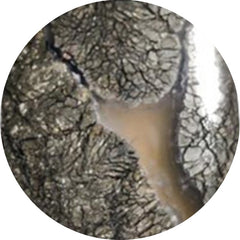 Marcasite (28)
Marcasite (28)
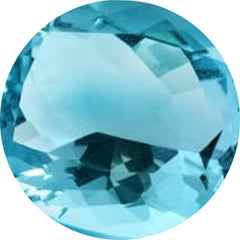 March birthstone (1479)
March birthstone (1479)
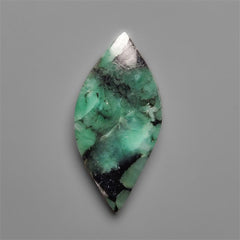 Marquise shape gemstones (5)
Marquise shape gemstones (5)
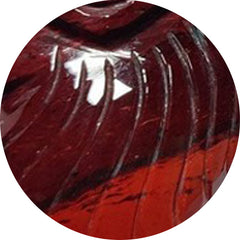 Mary ellen jasper (0)
Mary ellen jasper (0)
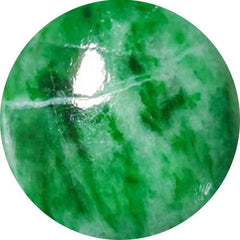 Maw sit sit (14)
Maw sit sit (14)
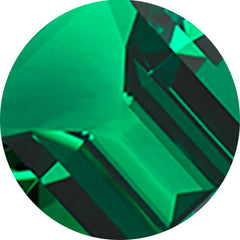 May birthstone (481)
May birthstone (481)
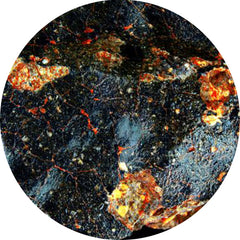 Meteorite (23)
Meteorite (23)
 Mica (42)
Mica (42)
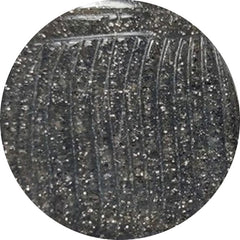 Midnight quartzite (20)
Midnight quartzite (20)
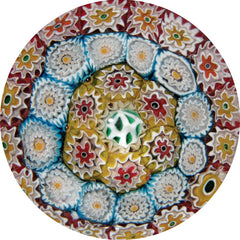 Millefiori glass (2)
Millefiori glass (2)
 Mohave turquoise (55)
Mohave turquoise (55)
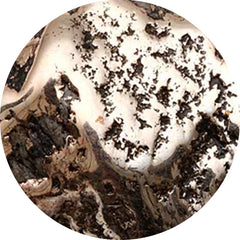 Mohawkites (20)
Mohawkites (20)
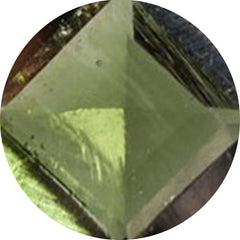 Moldavite (47)
Moldavite (47)
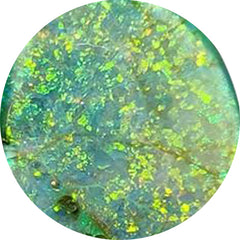 Monarch opal (28)
Monarch opal (28)
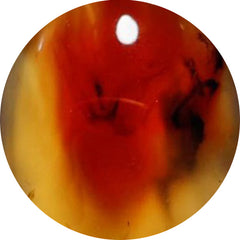 Montana agate (82)
Montana agate (82)
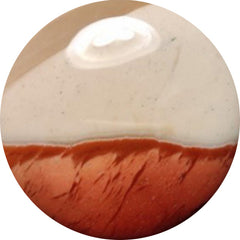 Mookaite (55)
Mookaite (55)
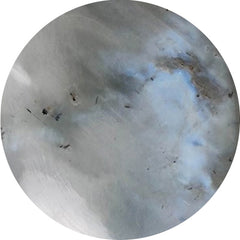 Moonstone (401)
Moonstone (401)
 Morado opal (1)
Morado opal (1)
 Morenci turquoise (40)
Morenci turquoise (40)
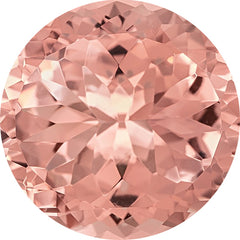 Morganite (0)
Morganite (0)
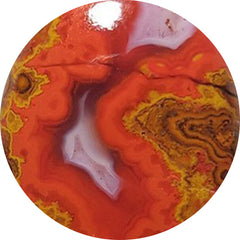 Moroccan seam agate (117)
Moroccan seam agate (117)
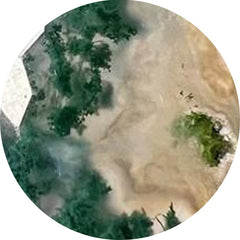 Moss agate (398)
Moss agate (398)
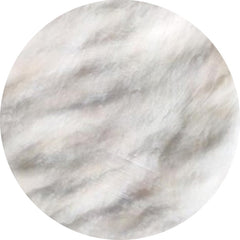 Mother of pearl (525)
Mother of pearl (525)
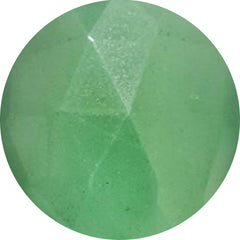 Mtorolite (46)
Mtorolite (46)
 Mughal carving (456)
Mughal carving (456)
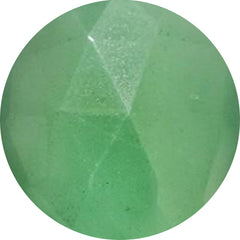 Muscovite (21)
Muscovite (21)
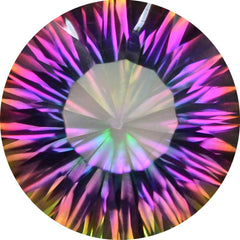 Mystic quartz (1)
Mystic quartz (1)
 Native copper (39)
Native copper (39)
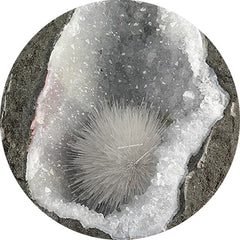 Natrolite (26)
Natrolite (26)
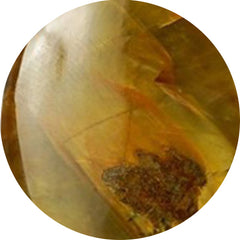 Nellite (5)
Nellite (5)
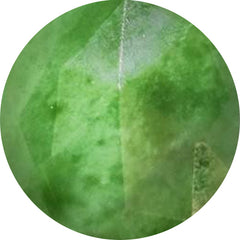 Nephrite jade (3)
Nephrite jade (3)
 New arrivals (433)
New arrivals (433)
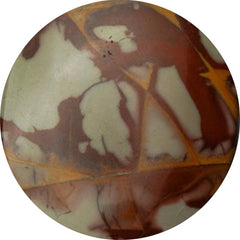 Noreena jasper (29)
Noreena jasper (29)
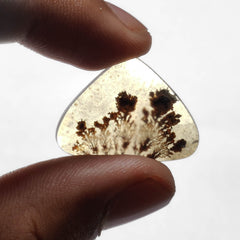 November birthstone (162)
November birthstone (162)
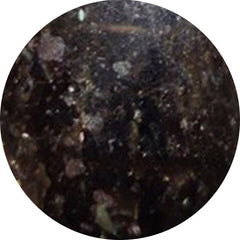 Nuummite (2)
Nuummite (2)
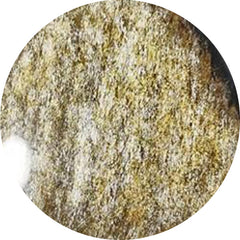 Obsidian (347)
Obsidian (347)
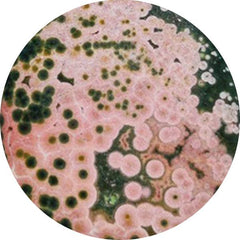 Ocean jasper (256)
Ocean jasper (256)
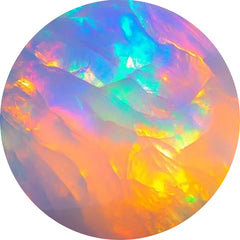 October birthstone (1350)
October birthstone (1350)
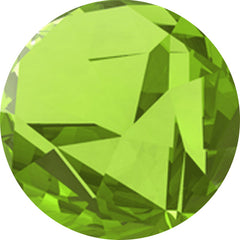 Olive quartz (5)
Olive quartz (5)
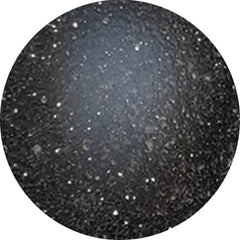 Onyx (286)
Onyx (286)
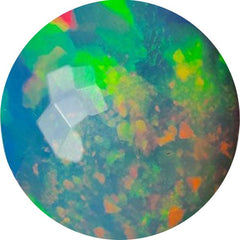 Opal (1126)
Opal (1126)
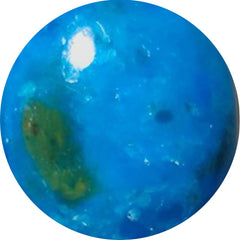 Opalina (11)
Opalina (11)
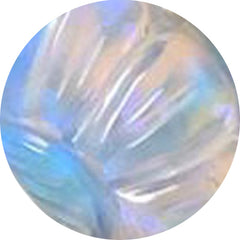 Opalite (29)
Opalite (29)
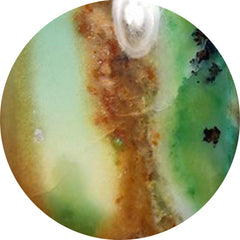 Opalwood (5)
Opalwood (5)
 Orange gemstones (368)
Orange gemstones (368)
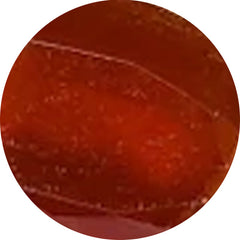 Orange kyanite (2)
Orange kyanite (2)
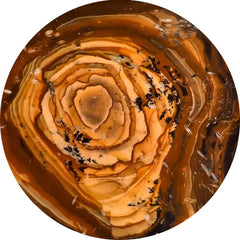 Oregon jasper (7)
Oregon jasper (7)
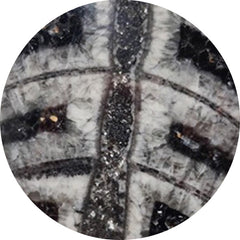 Orthoceras fossil (36)
Orthoceras fossil (36)
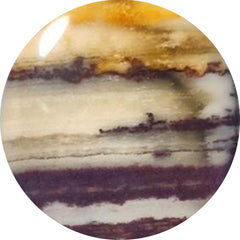 Outback jasper (5)
Outback jasper (5)
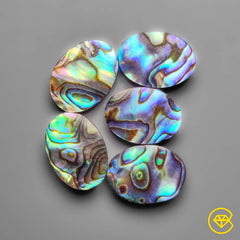 Oval shape gemstones (6)
Oval shape gemstones (6)
 Over $50 (492)
Over $50 (492)
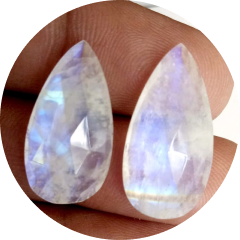 Pairs (938)
Pairs (938)
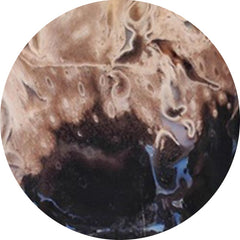 Palmroot agate (91)
Palmroot agate (91)
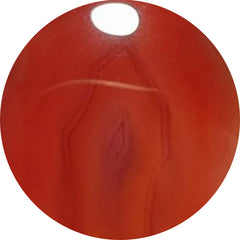 Passion agate (1)
Passion agate (1)
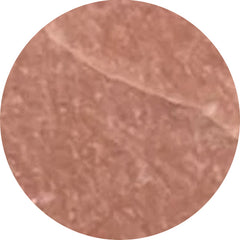 Peach moonstone (44)
Peach moonstone (44)
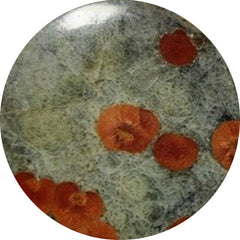 Peanut obsidian (40)
Peanut obsidian (40)
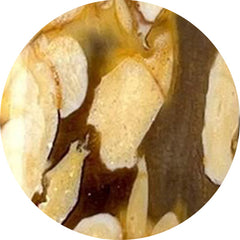 Peanut wood jasper (179)
Peanut wood jasper (179)
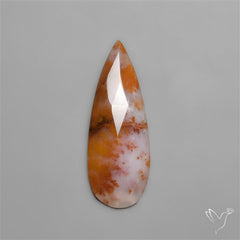 Pear shape gemstones (9)
Pear shape gemstones (9)
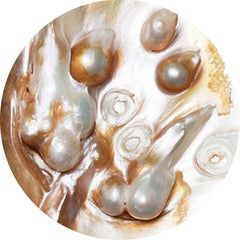 Pearl (652)
Pearl (652)
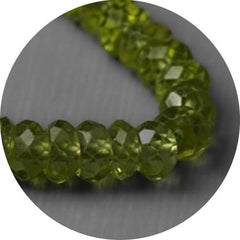 Peridot (65)
Peridot (65)
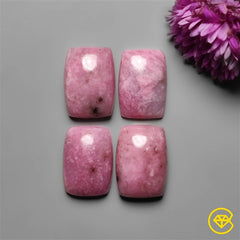 Petalite (25)
Petalite (25)
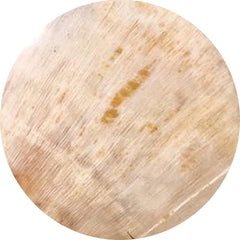 Petrified wood (53)
Petrified wood (53)
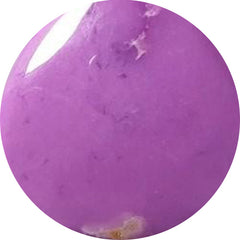 Phosphosiderite (93)
Phosphosiderite (93)
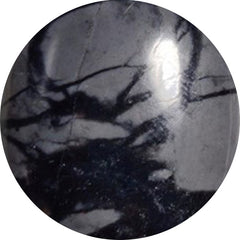 Picasso jasper (96)
Picasso jasper (96)
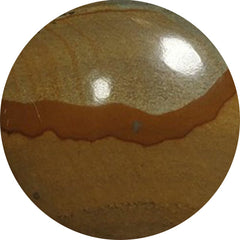 Picture jasper (96)
Picture jasper (96)
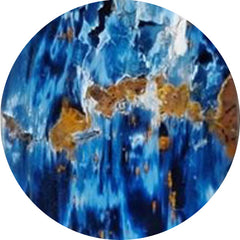 Pietersite (47)
Pietersite (47)
 Pink gemstones (476)
Pink gemstones (476)
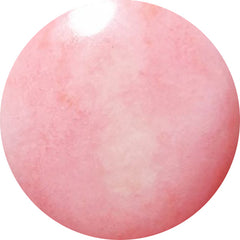 Pink opal (147)
Pink opal (147)
 Pink tourmaline (89)
Pink tourmaline (89)
 Pinolith (35)
Pinolith (35)
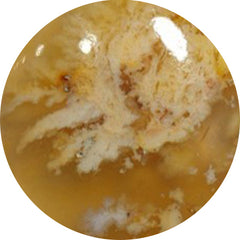 Plume agate (96)
Plume agate (96)
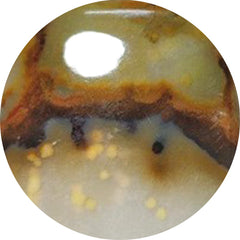 Polka dot agate (42)
Polka dot agate (42)
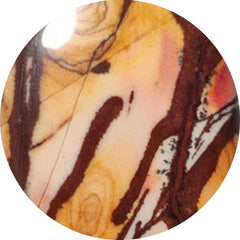 Polychrome jasper (44)
Polychrome jasper (44)
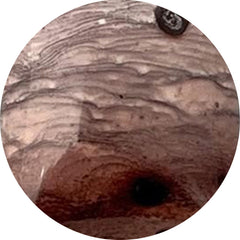 Porcelain jasper (30)
Porcelain jasper (30)
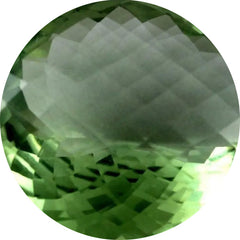 Prasiolite (54)
Prasiolite (54)
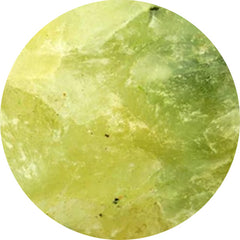 Prehnite (22)
Prehnite (22)
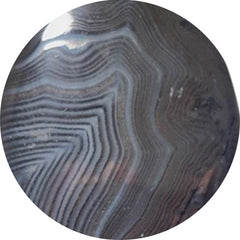 Psilomelane (23)
Psilomelane (23)
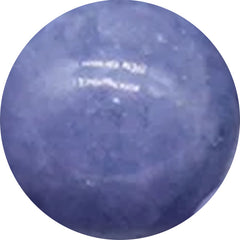 Purple chalcedony (44)
Purple chalcedony (44)
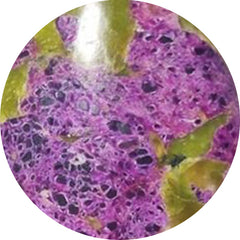 Purpurite (7)
Purpurite (7)
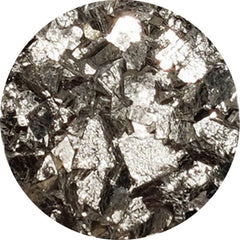 Pyrite (147)
Pyrite (147)
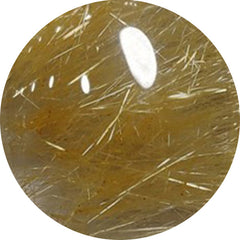 Quartz (131)
Quartz (131)
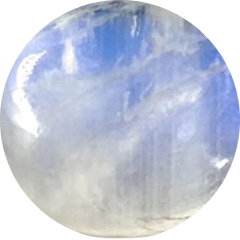 Rain moonstones (0)
Rain moonstones (0)
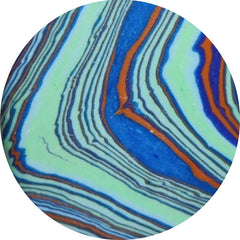 Rainbow calcilica (11)
Rainbow calcilica (11)
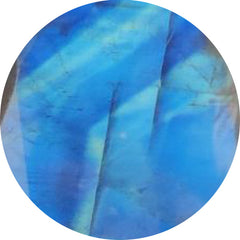 Rainbow moonstone (92)
Rainbow moonstone (92)
 Red coral (8)
Red coral (8)
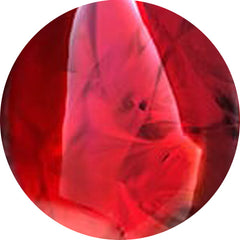 Red fossil (0)
Red fossil (0)
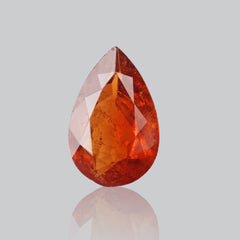 Red gemstones (363)
Red gemstones (363)
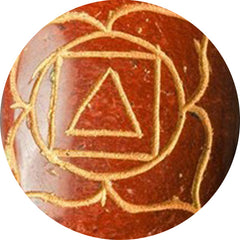 Red jasper (3)
Red jasper (3)
 Red moss agate (77)
Red moss agate (77)
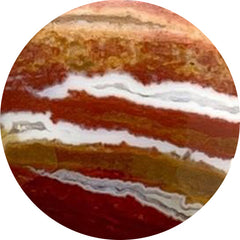 Red river jasper (17)
Red river jasper (17)
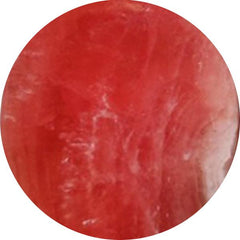 Rhodochrosite (405)
Rhodochrosite (405)
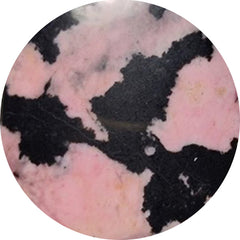 Rhodonite (91)
Rhodonite (91)
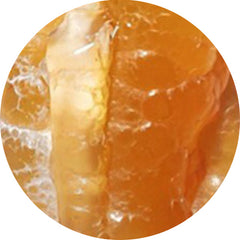 Rock chalcedony (2)
Rock chalcedony (2)
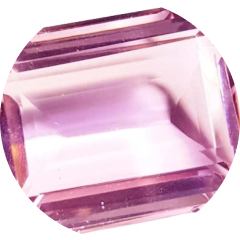 Rose cut gemstones (748)
Rose cut gemstones (748)
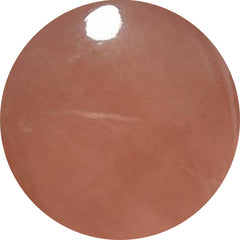 Rose quartz (53)
Rose quartz (53)
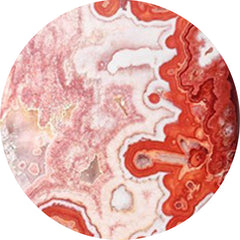 Rosita jasper (10)
Rosita jasper (10)
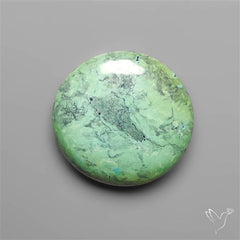 Round shape gemstones (6)
Round shape gemstones (6)
 Ruby (197)
Ruby (197)
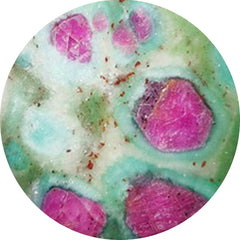 Ruby in fuchsite (6)
Ruby in fuchsite (6)
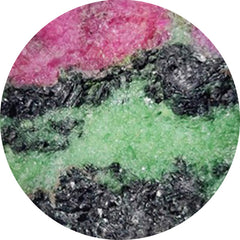 Ruby in zoisite (91)
Ruby in zoisite (91)
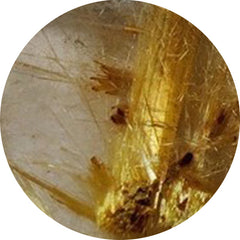 Rutilated quartz (260)
Rutilated quartz (260)
 Sage brush jasper (27)
Sage brush jasper (27)
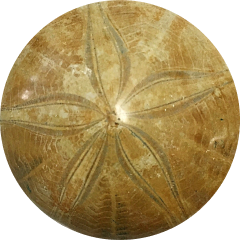 Sand dollar fossil (3)
Sand dollar fossil (3)
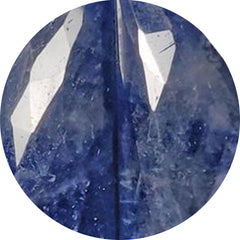 Sapphire (33)
Sapphire (33)
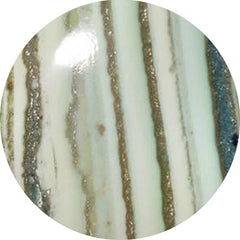 Saturn chalcedony (57)
Saturn chalcedony (57)
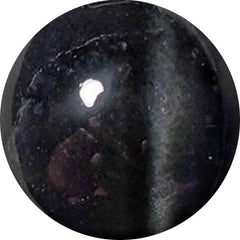 Scapolite (12)
Scapolite (12)
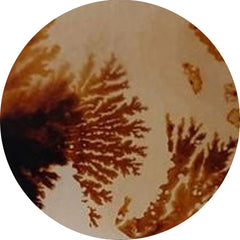 Scenic agate (97)
Scenic agate (97)
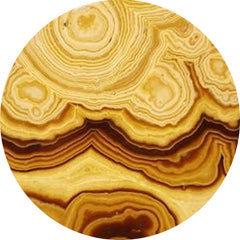 Schalenblende (89)
Schalenblende (89)
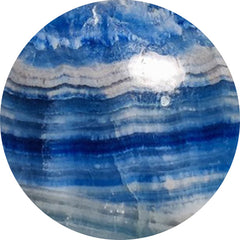 Scheelite (37)
Scheelite (37)
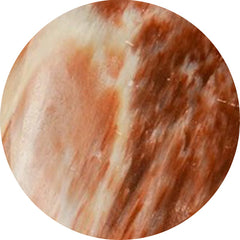 Scolecite (53)
Scolecite (53)
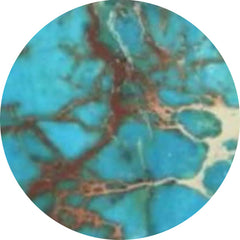 Sea sediment jasper (0)
Sea sediment jasper (0)
 Selenite (13)
Selenite (13)
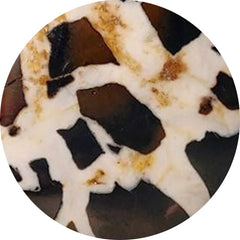 Septarian (93)
Septarian (93)
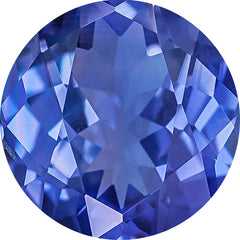 September birthstone (194)
September birthstone (194)
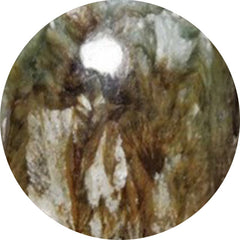 Seraphinite (80)
Seraphinite (80)
 Serpentine (162)
Serpentine (162)
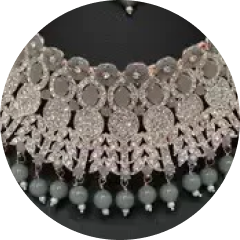 Sets (70)
Sets (70)
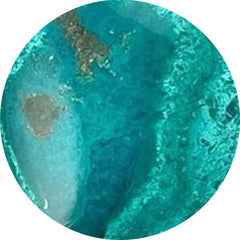 Shattuckite (277)
Shattuckite (277)
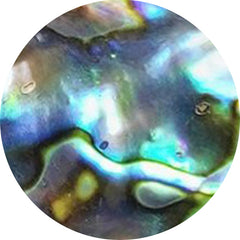 Shell (307)
Shell (307)
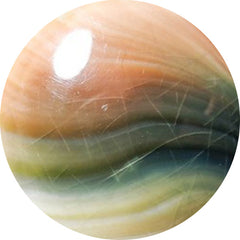 Shiva eye shell (60)
Shiva eye shell (60)
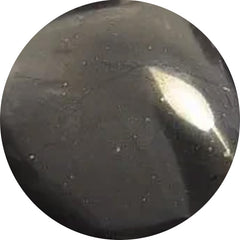 Shungite (4)
Shungite (4)
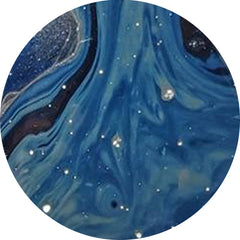 Sieber agate (0)
Sieber agate (0)
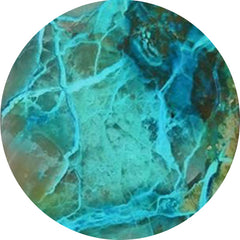 Silica (4)
Silica (4)
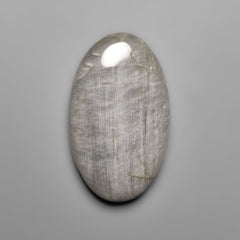 Silver leaf jasper (5)
Silver leaf jasper (5)
 Sky blue topaz (5)
Sky blue topaz (5)
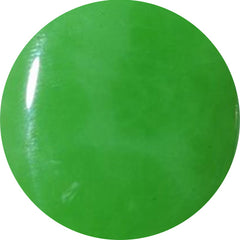 Smithsonite (29)
Smithsonite (29)
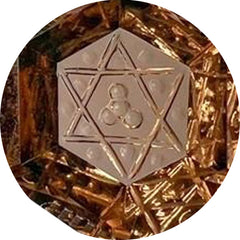 Smoky quartz (23)
Smoky quartz (23)
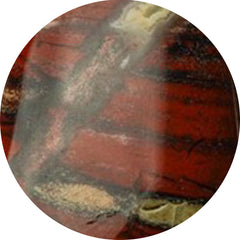 Snakeskin jasper (48)
Snakeskin jasper (48)
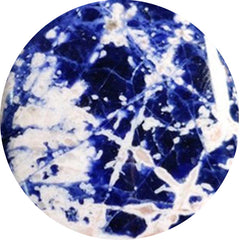 Sodalite (70)
Sodalite (70)
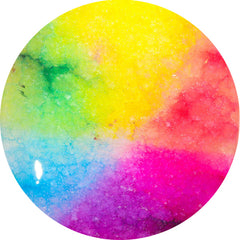 Solar agate (3)
Solar agate (3)
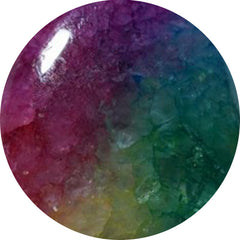 Solar quartz (62)
Solar quartz (62)
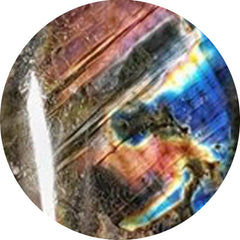 Spectrolite (118)
Spectrolite (118)
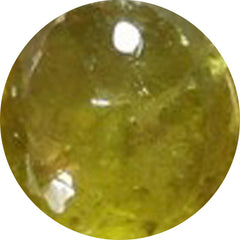 Sphence (25)
Sphence (25)
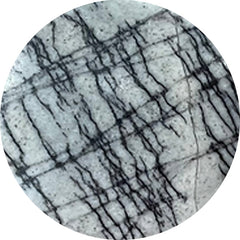 Spiderweb jasper (1)
Spiderweb jasper (1)
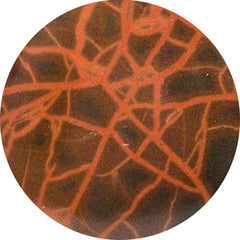 Spiderwoman jasper (0)
Spiderwoman jasper (0)
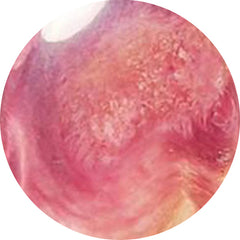 Spiny oyster shell (66)
Spiny oyster shell (66)
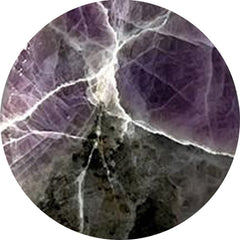 Spurrite (7)
Spurrite (7)
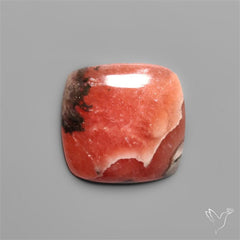 Square shape gemstones (10)
Square shape gemstones (10)
 Starburst (2)
Starburst (2)
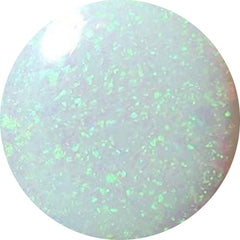 Sterling opal (11)
Sterling opal (11)
 Stichtite (37)
Stichtite (37)
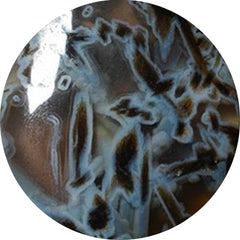 Stick agate (5)
Stick agate (5)
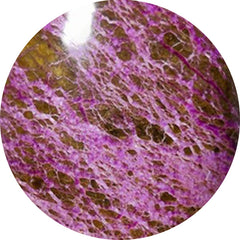 Stitchtite (123)
Stitchtite (123)
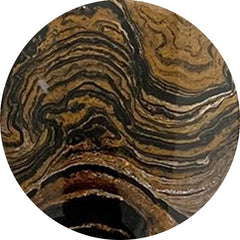 Stramatolite (0)
Stramatolite (0)
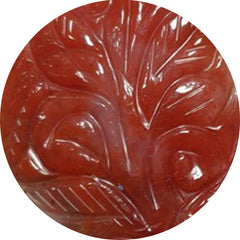 Strawberry quartz (7)
Strawberry quartz (7)
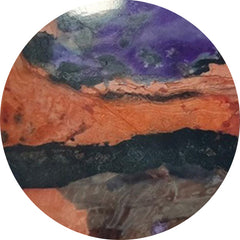 Sugilite (0)
Sugilite (0)
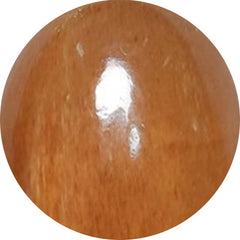 Sunstone (269)
Sunstone (269)
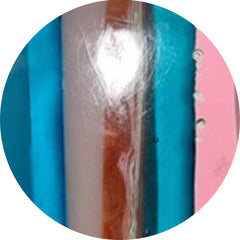 Surfite (2)
Surfite (2)
 Swiss blue topaz (32)
Swiss blue topaz (32)
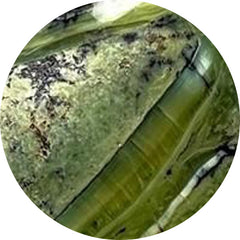 Swiss opal (3)
Swiss opal (3)
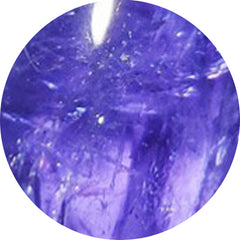 Tanzanite (51)
Tanzanite (51)
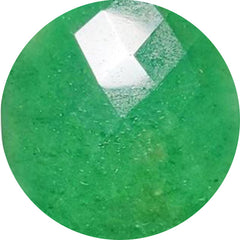 Tanzurine (11)
Tanzurine (11)
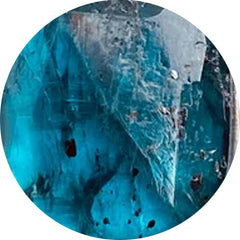 Teal kyanite (10)
Teal kyanite (10)
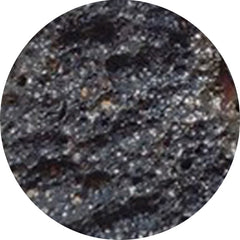 Tektite (42)
Tektite (42)
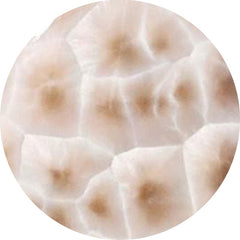 Thomsonite (35)
Thomsonite (35)
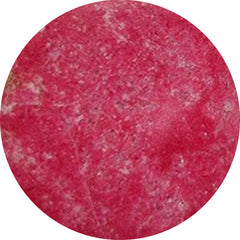 Thulite (79)
Thulite (79)
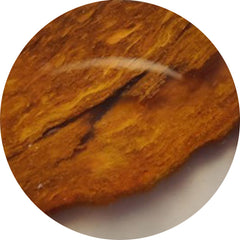 Thunder egg agate (0)
Thunder egg agate (0)
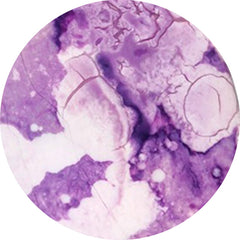 Tiffany stone (6)
Tiffany stone (6)
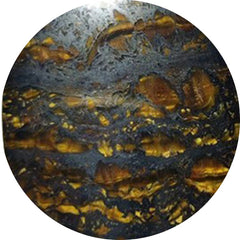 Tiger eye (66)
Tiger eye (66)
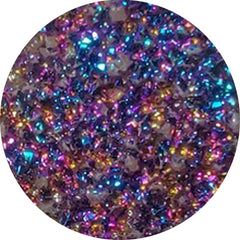 Titanium druzy (5)
Titanium druzy (5)
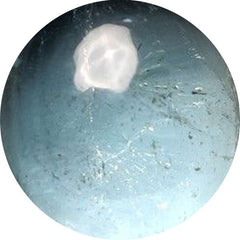 Topaz (55)
Topaz (55)
 Tourmaline (236)
Tourmaline (236)
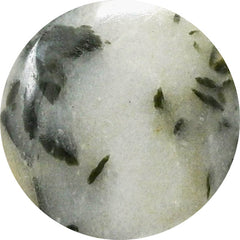 Tourmaline in quartz (84)
Tourmaline in quartz (84)
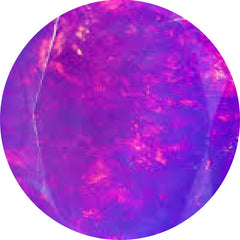 Treated opal (52)
Treated opal (52)
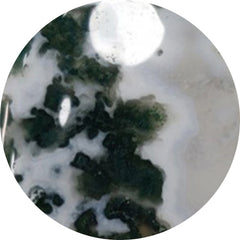 Tree agate (42)
Tree agate (42)
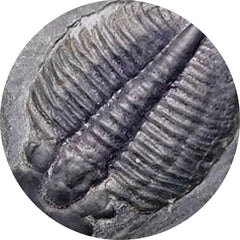 Trilobite fossil (17)
Trilobite fossil (17)
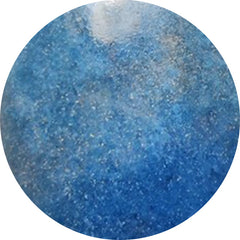 Trolleite quartz (29)
Trolleite quartz (29)
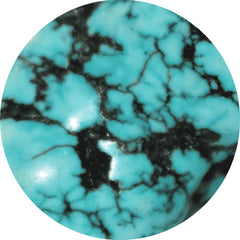 Tumbles (1)
Tumbles (1)
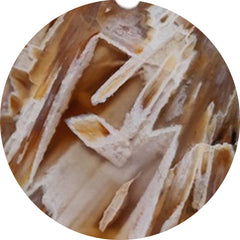 Turkish tube agate (64)
Turkish tube agate (64)
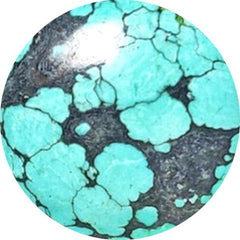 Turquoise (235)
Turquoise (235)
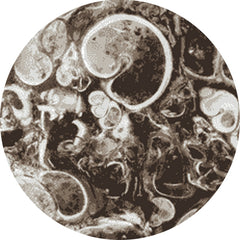 Turritella jasper (3)
Turritella jasper (3)
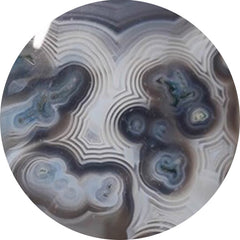 Tuxedo agate (64)
Tuxedo agate (64)
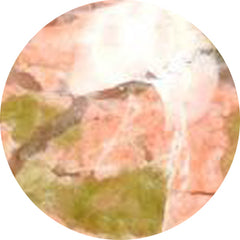 Unakite (3)
Unakite (3)
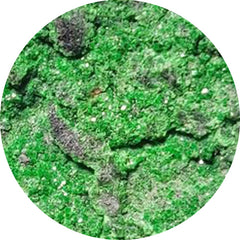 Uvarovite garnet (3)
Uvarovite garnet (3)
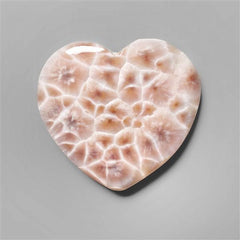 Valentine (807)
Valentine (807)
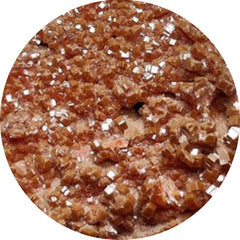 Vanadinite druzy (9)
Vanadinite druzy (9)
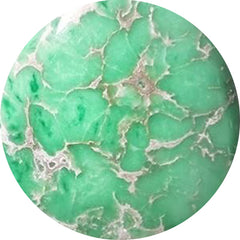 Variscite (159)
Variscite (159)
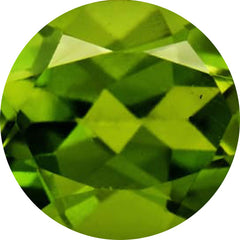 Vesuvianite (1)
Vesuvianite (1)
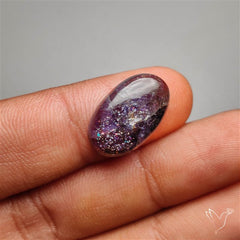 Video collection (247)
Video collection (247)
 Vivianite (1)
Vivianite (1)
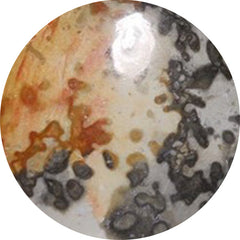 Volcanic cotham marble (7)
Volcanic cotham marble (7)
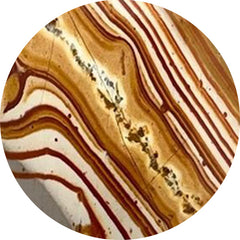 Wagul jasper (3)
Wagul jasper (3)
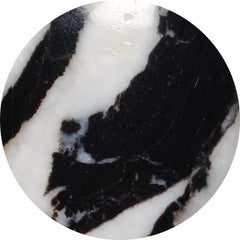 White buffalo turquoise (13)
White buffalo turquoise (13)
 White gemstones (1209)
White gemstones (1209)
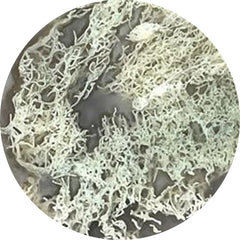 White horse canyon (45)
White horse canyon (45)
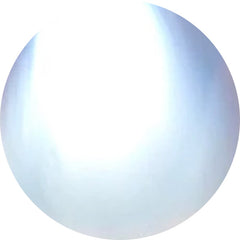 White moonstone (35)
White moonstone (35)
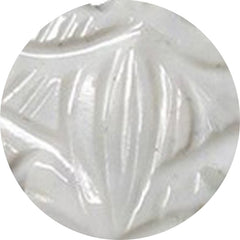 White opal (12)
White opal (12)
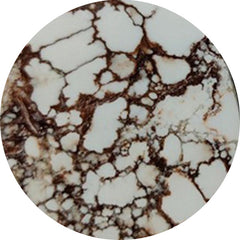 Wild horse jasper (119)
Wild horse jasper (119)
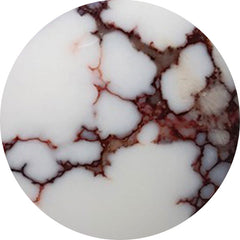 Wild horse magnesite (49)
Wild horse magnesite (49)
 Wonder stone (0)
Wonder stone (0)
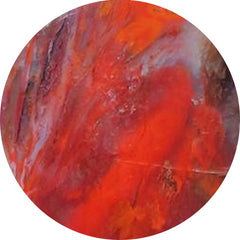 Wood (208)
Wood (208)
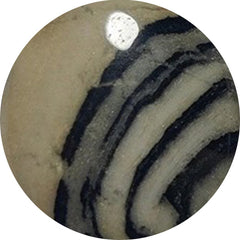 Yavapai travertine (0)
Yavapai travertine (0)
 Yellow gemstones (170)
Yellow gemstones (170)
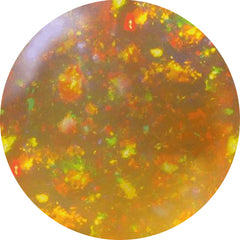 Yellow opal (7)
Yellow opal (7)
 Yellow sapphire (6)
Yellow sapphire (6)
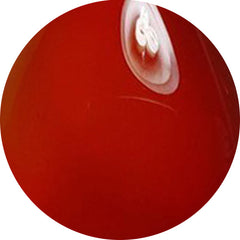 Yemeni aqeeq (0)
Yemeni aqeeq (0)
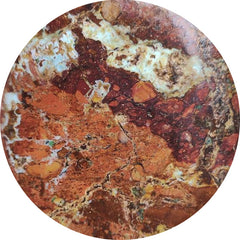 Zarinite (0)
Zarinite (0)
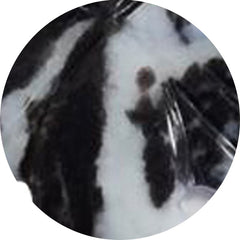 Zebra jasper (1)
Zebra jasper (1)
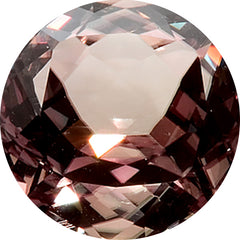 Zultanite (4)
Zultanite (4)



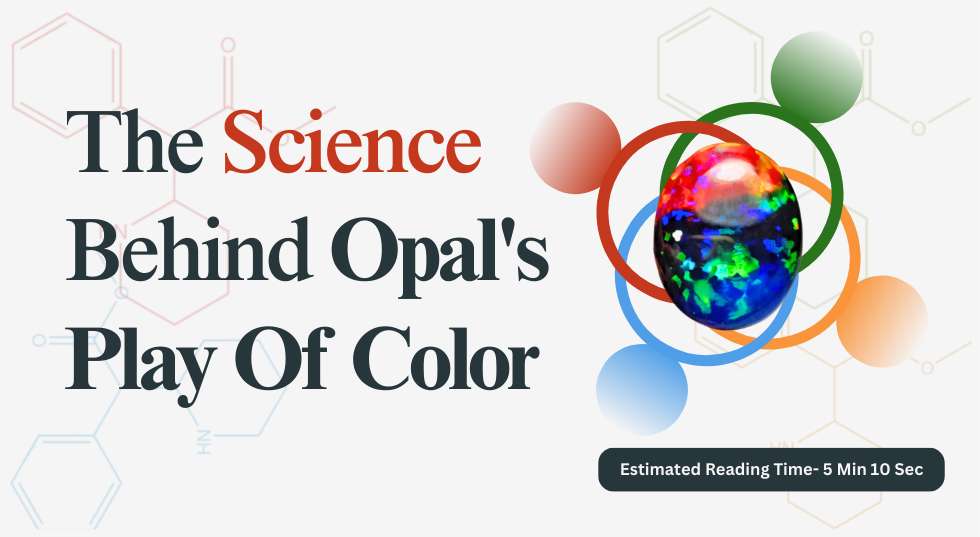


















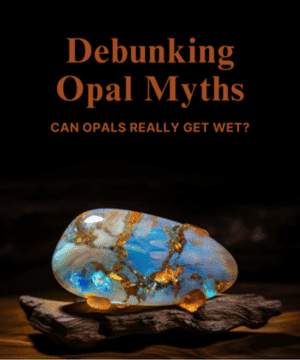
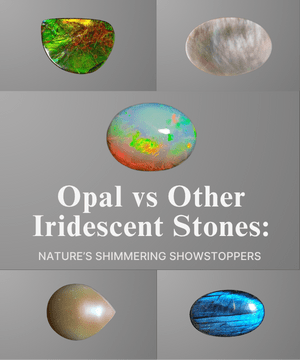





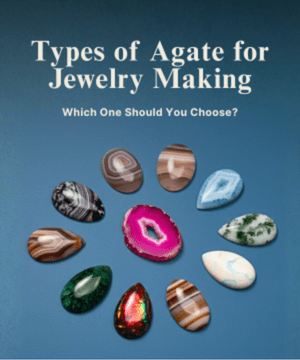
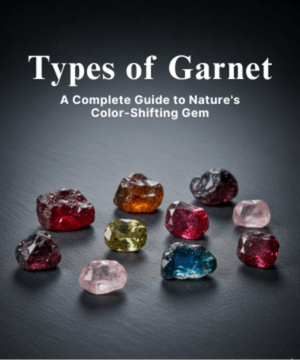
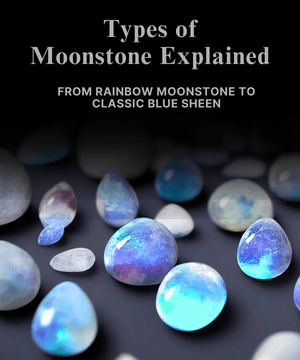
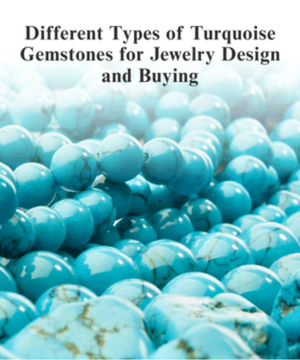


Leave a Comment